After many many rumours and teaser trailers, the Nikon full frame mirrorless camera have finally arrived! This time we are going to look at the first full frame Nikon mirror camera, the Nikon Z7.
Is the Z7 and Z mount the future for Nikon users? If you are shooting with Nikon DSLRs, should you be switching to the Z7? I’ll answer this questions in this review.
Body and Design
The Nikon Z7 is the first camera that uses the completely brand new Z lens mount designed for full frame mirrorless camera. The camera has a 46MP sensor and comes with many features that were not previously available on any Nikon DSLR cameras.
And I want to clarify one thing at the beginning of this review. The Z7 is not a professional camera and any long time Nikon user should be able to tell that immediately. For example, the top left dial has the D750 style wheel design, which is very different to what the professional Nikon camera’s tri-button design such as D850 or D5. The viewfinder is square shape instead of round shape.
Look at Z7’s top left dial design, it’s similar to the D750 class camera (below left) and completely different to the pro Nikon DSLR like D850 (below right)
The non-pro body doesn’t have a few features you would normally expect from the a pro Nikon body. For example, there is no combined button press method to format the memory card and there is only one memory card slot. You probably have heard many many people complaints about the single memory card slot already. To be honest I’m also disappointed as I’m a wedding photographer so I want dual card slot for redundancy.
But if you are not a professional photographer or not planning to use the Z7 as your professional camera, then single or dual card probably doesn’t matter too much. I know a lot of people who bought a dual card camera and never put more than one card in their camera.
Nikon explained they don’t have enough space for dual card slot in this small body. But I personally think the real reason is that they want to save this feature for their upcoming pro mirrorless camera.
We probably won’t know the real reason but regardless, the new XQD card slot is much faster than the SD cards and clears the buffers very fast so at least this is much better than if they make it a single SD card camera. Nikon also promised that the Z7 will support CFExpress card in the near future through a firmware update as the XQD and CFExpress cards are physically the same external wise.
My first impression when I picked up the Z7 was that the ergonomic is excellent. Despite the size of the grip is quite a bit smaller than the full size DSLR like the D5 or even D500, it feels surprisingly comfortable when hold in the hands. The shape, size and even the texture of the grip is just excellent.
While the Z7 may not have a professional body, the camera has a good number of customisable buttons and with decent customisation options. And if you use the new Z mount lenses, the manual focus ring on the Z mount lens can also be customised to control your preferred camera setting as well e.g. exposure compensation.
Speaking of exposure compensation, the position of the exposure compensation button on the Z7 body would be my biggest complaint when it comes to the control layout/ergonomics. Located at the rightmost of the camera, and being the button I use very frequently, I find it the position of the exposure compensation a bit hard to reach when I am taking photo and my index finger has to move between the shutter button and the exposure compensation button regularly. With the electronic viewfinder showing me the preview exposure, I use the exposure compensation a lot more than when I’m shooting with a DSLR. And my index finger feels sore easily because of that. Personally I would prefer if the position of the video record button and the exposure compensation position are swapped.
Of course, if you are shooting with one of the new Z lens, you can just customise the manual focus ring on the lens to control exposure compensation instead as mentioned earlier.
Apart from the exposure compensation button, there isn’t much I would complain about the Z7. I would call the Z7 one of the best mirrorless body in terms of ergonomic design, and easily the best full frame mirrorless body I’ve ever used.
The menu system of the Z7 is very similar to the typical menu system on the Nikon DSLR. If you are a Nikon shooter, pick up the camera and you should be able to find all the settings very quickly. The Z7 has a touch enabled LCD screen and the menu system supports touch control. The touch screen menu system is very responsive with virtually zero delay. You can also use gesture control when reviewing photos and zoom in/out and scroll through photos actions are fast and smooth.
The screen is a tilt-able screen so you can flip up and down just like the D850. The quality of the LCD screen is very good. Very good brightness and rich colours. However, I really hope I can flip the screen down 180 degree so I can use the camera as a vlogging camera (or the occasional selfie).
Electronic Viewfinder
One of the biggest difference between a DSLR and the mirrorless camera is the electronic viewfinder. My first mirrorless camera, the Panasonic Lumix GF1 didn’t have a built-in electronic viewfinder. But there was an optional external electronic viewfinder which I bought and really love despite the fact that the resolution was really quite low, the colour and contrast really wasn’t that great. I just love the WYSIWYG (what you see is what you get) preview and all the extra info I can see on the electronic screen. It just made getting the right image so much easier. That was the first time I thought electronic viewfinder would be the future.
Over the last few years, we see the electronic viewfinders keep getting better and better. Resolution is getting higher, size is getting bigger, lag is getting smaller, frame rate is faster, and the colour/contrast is also getting better and better.
With the Z7, Nikon has created the best electronic viewfinder I’ve ever used. The viewfinder is really big, and even the corners are very sharp and can be seen clearly. Resolution is very high and overall, I almost feel like I’m looking through an optical viewfinder but with a lot of information overlay on top. Only when I’m shooting some high dynamic scenes, the clipped highlight reminds me the fact that i’m looking at images that is already captured and processed by the image sensor, processor and shown on an electronic display. But otherwise, the electronic viewfinder is really as good as it could be. It can easily match or probably slightly better than the awesome electronic viewfinder on the Leica SL, Panasonic G9 and it’s definitely better than any other electronic viewfinder on other cameras in the market.
You really have to give it a try and experience it yourself. And after you tried it, I believe you’ll agree that electronic viewfinder is the future and the good old optical viewfinder really does not have much advantage maybe apart from the big difference in power consumption.
Battery
Speaking of power consumption, the Z7 uses the EN-EL15B battery, which is based on the EN-EL15 series batteries. Battery life is rated at 330 shots per charge which is pretty low especially if you compare to the D850 which uses virtually the same battery but with nearly 2000 shots (1840) rated battery life.
However in real life, I found the battery life is much better than 330 shots. During the week or two when I was testing the Z7, I can consistently get at least 1000 shots per charge including some video and a lot of reviewing photos and going into the menu and playing with the settings..etc, I also didn’t really shoot that many photos in burst mode. Maybe 200 shots in burst on average per charge. So if you are shooting sports or anything that frequently shoot in burst mode, you can for sure get even higher number of photos per battery. A thousand photos per battery is still not very impressive for anyone coming from the DSLR world and there are also a few mirrorless cameras that can deliver much better numbers, but at least it’s way better than 330 shots and is probably good enough for most casual users. Of course I would certainly hope Nikon can improve the battery life significantly when they release their pro Z cameras which the users are used to 2-3000+ shots per battery.
On the other hand, the camera does support in-body USB charging. Definitely a good news if you planning to take the Z7 with you when you are traveling. Just remember USB charging is only possible if you use the latest EN-EL15B battery. While you can use the older ENEL15 and ENEL15a battery from your DSLRs but they can’t be USB charged.
Autofocus
The Z7 has a hybrid autofocus system that combines on-sensor phase detection system with contrast detection system. It has 493 focus points that cover 90 percent of the image area.
When the camera was announced, this was the area I feel Nikon may fall behind their competition as most other brands have been doing hybrid autofocus system for quite a while (Nikon also has hybrid autofocus system on their Nikon 1 cameras, but they have never used similar autofocus system on their larger sensor cameras).
But after testing the Z7 and shot lots of photos under different lighting condition using the native Z lens, I am happy to report Z7’s autofocus system works reasonably well under most lighting condition.
On bright sunny days, the Z7’s autofocus feels almost just as fast maybe a tiny bit not as snappy as the d850. But the difference is so small you really have to shoot them side by side to notice.
Continuous tracking also works reasonably well, I get high percentage of photos in focus when shooting people, cars and other moving objects. The way to trigger tracking is a bit different to the Nikon DSLR so it will take a bit of time to get use to it but I starting to get used to it after shooting for about a week.
As someone who is still using a D800 and a Df to shoot weddings and almost all my professional work, Z7’s autofocus system definitely feels much faster and also more reliable than both of my DSLRs.
So while it may not be quite at the same level as the 153 point autofocus system on the D5/D850/D500, the Z7’s autofocus system is fairly fast and very accurate.
Nikon Z7 | Nikon Z 24-70mm f/4 | ISO 5000 f/4 1/8000s
And below is a 100% crop from center:
A lot of users buying the Z7 would also purchase the FTZ adaptor which allows you to use your F mount lenses on the Z7 with autofocus and VR support.
Unfortunately if you have a good collection of the older “AF” lenses (mostly pre- 1998), the FTZ adaptor doesn’t have a built-in autofocus motor so there is no autofocus support for your older AF lenses. (The newer one from 1998 onwards are mostly AF-S)
I have done a lot of testing with my various AF-S lenses to find out how well it performs in real life. And after shooting hundreds of photos with my different F mount lenses, I would say the autofocus performance is also very decent.
Again, it doesn’t exactly match the D850’s autofocus performance. But I never really expect an adaptor on a non-professional camera and a first generation hybrid autofocus system would match the performance of the best autofocus system in the world. Overall, i would say it’s around 80-85% as good when compared to a D850 and should make most people apart from the most demanding photographers happy. Personally, the result is good enough.
Only when you are shooting under very low light, then you would notice the Z7 would struggle a bit when trying to lock onto it’s target.
You can just the directional pad or the little joystick to adjust the autofocus point (and there are lots of them!) But there is no option to use the LCD screen as a track pad which I found is the fastest and most intuitive way to adjust autofocus point quickly. Nikon has previously implemented this feature on some of their DSLR cameras so there really is no reason why they can’t do that on the Z7. I really hope they will add this feature via a future firmware update.
Manual Focus
I have a good collection of old manual focus Nikon F mount lenses. As the Z7 is the first full frame Nikon with Electronic Viewfinder, I spent quite a bit of time shooting photos using the Z7, FTZ adaptor and my manual focus lenses. And I am super happy about the results.
With the ability to zoom in when composing the photo and also the peaking feature, not to mention the much improved live view experience (either through LCD or EVF), manual focus is very easy and fast. With some of my fast manual focus lens like the AIS 50mm f/1.2 lens, I always struggle to nail the focus no matter I’m shooting with my DSLR or even my film camera. But with the Z7, my success rate is so much higher and I can nail the focus at much faster speed.
Nikon Z7 | Nikon AIS 50mm f/1.2 | ISO 64 f/1.2 1/640s
By the way, if you are planning to shoot a lot of photos with manual focus lens, I recommend setting the two front custom buttons (the one on the grip) so that one is used to toggle zoom in/out view, and the other one is used to turn on/off peaking. With this custom setup, I found manual focus is even quicker and easier.
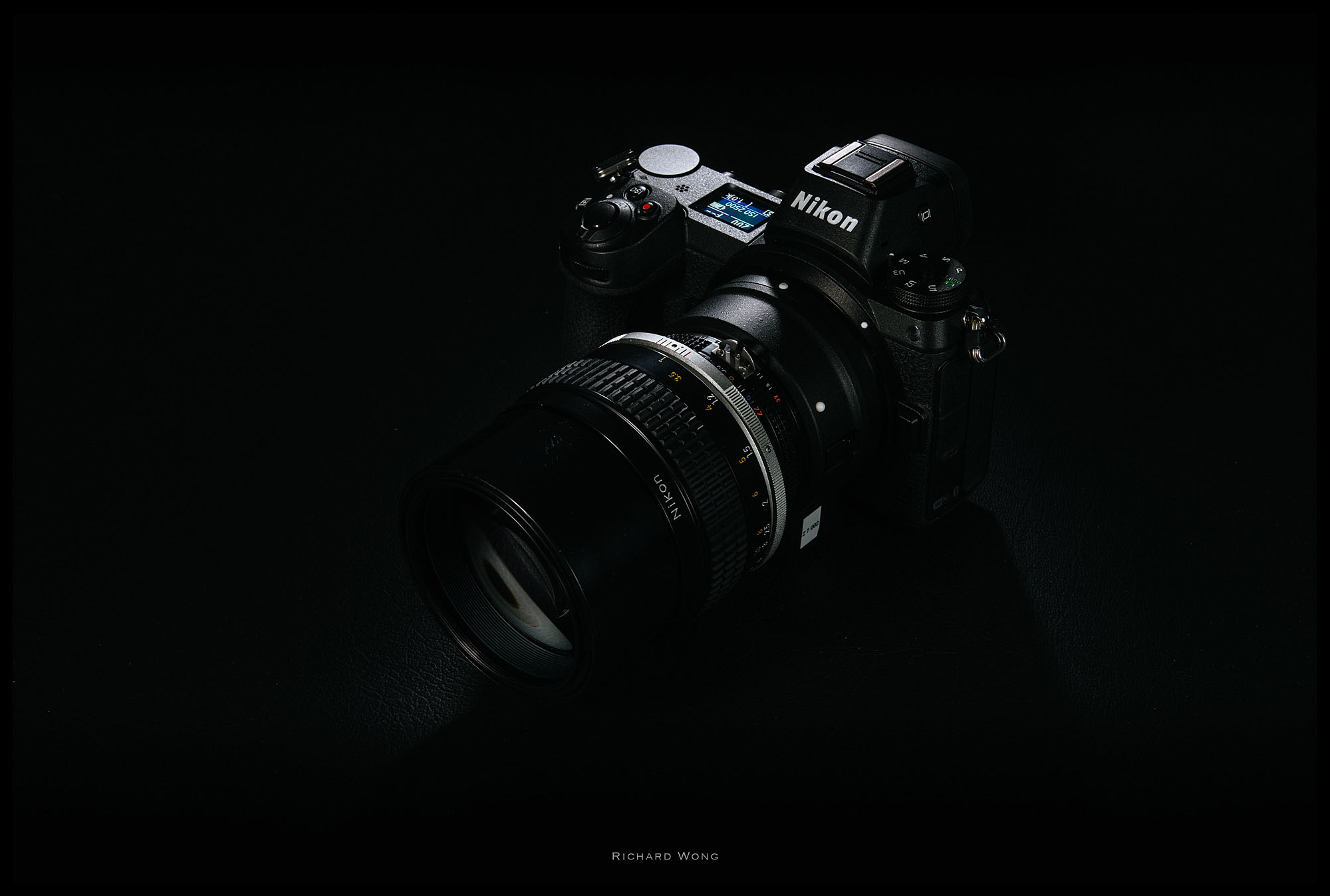 Focusing the AIS 105 1.8 on the Z7 is easy
Focusing the AIS 105 1.8 on the Z7 is easy
Image Quality
The Z7 has a 46MP sensor which is the same resolution as the D850. While Nikon said it is not the same sensor as the D850, I expect the image quality would be really good just like the D850. And Nikon didn’t disappoint me.
Firstly, the 46MP resolution means lots of resolution. If you pair it with a nice sharp lens, like the Nikon Z 24-70 f/4, you can get some really sharp photos easily, even when you zoom in and view the photo at 100%. By the way, the Nikon Z 24-70mm f/4 lens is really a super sharp lens. Even at f/4, the corners are very sharp if you pixel peep at 100%.
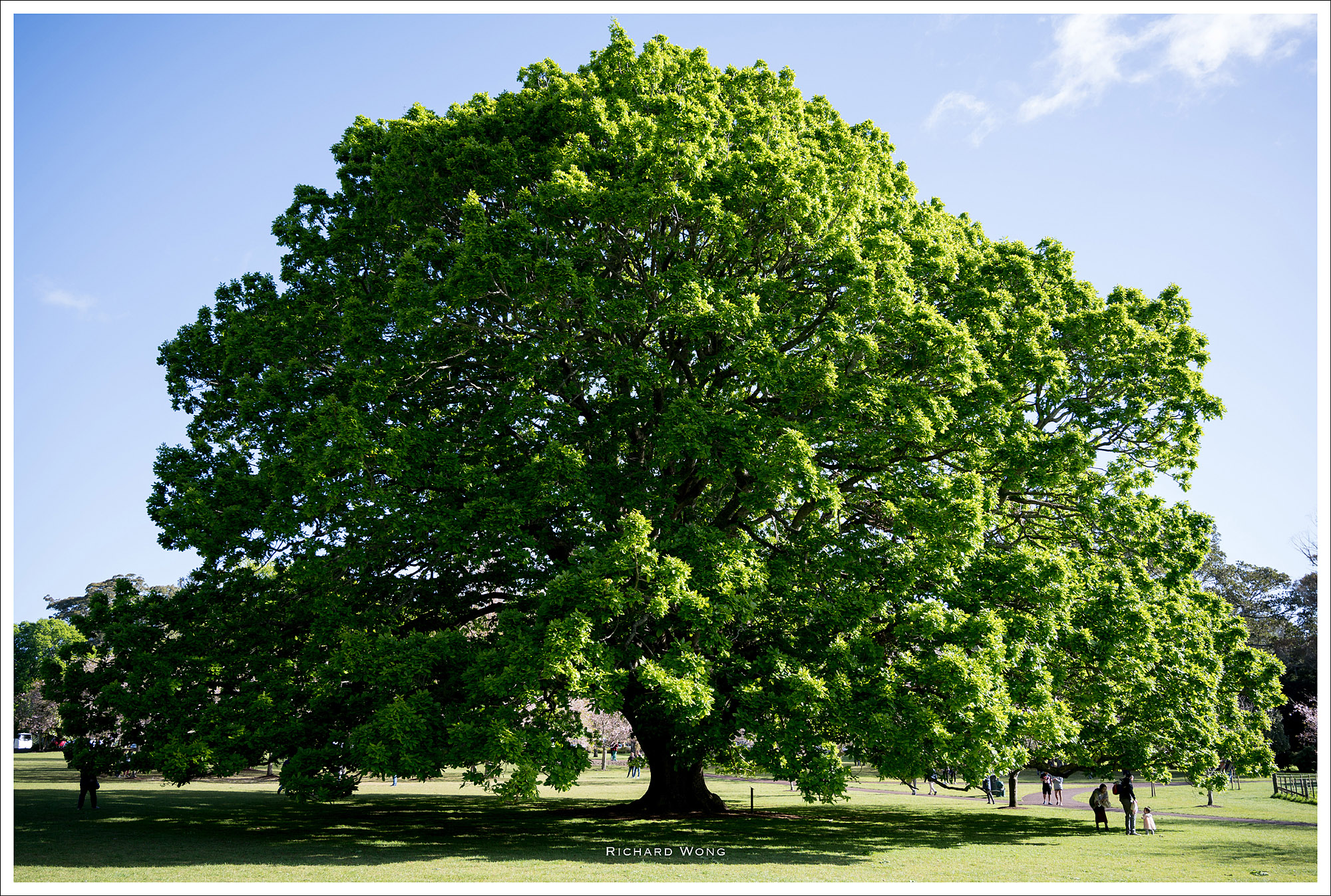 Nikon Z7 | Nikon Z 24-70mm f/4 | ISO 64 f/4 1/200s
Nikon Z7 | Nikon Z 24-70mm f/4 | ISO 64 f/4 1/200s
High ISO Image Quality
I’ve shot a series of photos from base ISO (iso 64) all the way up to maximum ISO 102400 and find out the high ISO performance of the Z7.
First, my usual ISO test shot. This was shot at base ISO (ISO 64) using the Z7.
And here is a comparison of photos taken at different ISO. (All photos are RAW converted to JPG with zero adjustments including zero noise reduction)
And below is the same comparison but showing a 100% near the centre (click on the photo to see it at 100%)
From base ISO up to ISO 12800, the picture quality is still very decent even with no post processing done to the photo. At ISO 25600, you can see image quality starting to drop quickly. ISO 51200 is the maximum ISO I would go up to if i am shooting under really low light condition with no other option to lower the ISO.
At maximum ISO 102400, the image quality really isn’t that good at all. There are tonnes of noise and the contrast and colours both drop below acceptable level.
So while the Z7 is definitely not a high ISO monster, it’s high ISO performance is really not bad at all for such a high resolution camera.
Nikon Z7 | Nikon Z 24-70mm f/4 | ISO 48326 f/8 1/30s
Recovery Test
For the next test, I intentionally underexposed the photo (RAW) and see how much I can recover when I try to push them back to correct exposure level in postprocessing.
So this is the photo I shot that was 6 stops underexposed.
And then I imported into Adobe Lightroom and push the exposure by 6 stops. All the other settings were unchanged. And below is the result I got.
As you can see, the photo looks really nice after being pushed by 6 stops. While there are definitely lots of noise if you zoom in and view at 100%, I’m still very impressed by the results as the photo above had zero adjustment apart from increasing the exposure by 6 stops. There is no noise reduction, no curve adjustment, no colour adjustments. If I post the photo on social media sites (i.e. not very high resolution), I really don’t think anyone can tell the original photo were 6 stops underexposed. 6 STOPS!!
I’ve done some similar tests before, some of the cameras I could push the RAW by 5 or 6 stops and get a useable result. But I usually have to do a bit of adjustment e.g. curves, saturation..etc to get the image to an acceptable quality. This is not needed with the Z7.
I can only say Z7’s image quality is absolutely great. You have the resolution, dynamic range and great post-processing latitude. Even the high ISO performance is not too bad for such high resolution output. If you are looking for a camera with great quality high resolution output, the Z7 is definitely one of your best choice.
In-body image stabiliser (IBIS)
The Nikon Z7 is Nikon’s first interchangeable lens camera which has in-body image stabiliser (IBIS). Factory claims Z7’s IBIS has a pretty respectable 5 stops effective rating so I did some test to see if I can get similar performance in real world.
I’ve tested the Z7 following my typical image stabilisation test method. I shot 10-20 photos at a range of different shutter speed and then rate the result into one of the three groups: sharp, acceptable, blurry. The test is designed to find out how much slower in comparison I can shoot and get similar results (in terms of sharpness) when the image stabilisation system is turned on vs turned off.
Look at the chart above, you can see the IBIS is approximately just over 4 stops effective in minimising blur caused by hand shake.
While my result is not exactly 5 stop effective, this is in-line with my other image stabilisation test. My test results are always about 0.5-1 stop lower than the factory claimed result. Adding 4 stop image stabilisation to any existing non stabilised Nikon lens (or even adapted lenses) is definitely a big big plus to all the Nikon users.
This test above was done with the new Z 24-70 f/4 kit lens. So next I would want to see if I switch to a F mount lens using the FTZ and the IBIS performance would be similar or not. So I mounted my AIS 50mm f/1.2 manual focus lens and test the IBIS again. The results are listed in the chart below
There is virtually zero difference when the camera is paired with the new Z lens or the older F mount AIS lens. With either lens, I get around 4 stops image stabilisation. Of course this is a good thing as I imagine most Z7 users will be primarily shooting with F mount lenses in the near future.
Video
One thing the Z7 really surprised us is the video recording feature. Not only it can record full frame 4K video internally and 10bit N-log 4K video externally. I don’t have any external video recorder that can record 10 bit output from the Z7. But the internally recorded 8 bit 4K video from the Z7 is very good quality. The video is very clean and crisp. The colours are the great with the Nikon colour science. It handles both high dynamic range scenes and low light scenes very well. I don’t think anyone could really complains about the 4K video from the Z7.
Not only that, the continuous autofocus when recording video also works very well. Miles ahead of any Nikon DSLR and I would say the performance is as good as any camera in the market right now. The focus transition is very smooth and looks organic. While occasionally it fails to detect focus changes, overall I’m really surprised by how well the autofocus works when recording video. I’ve never imagine for Nikon’s first mirrorless camera they could get the video autofocus to work so well.
After so many years, Nikon finally delivered a top level video recording feature that is not any worse than the leaders in this area. I won’t be surprised if I see more and more videographers starting to use Nikon to capture video in the near future. The only downside of the Z7 video recording is that when you are recording at full frame output, it doesn’t do full sensor readout because of processing power (and heat) required would be too much for it to handle. In theory, it means the low light performance won’t be as good and there could also be some visual artifacts when shooting scene with fine patterns. But without doing comparison with other similar full frame camera that can do full sensor readout, I can’t say how much it impacts the video quality. Check out my video review for some sample video footage that was shot on the Z7.
Conclusions
As Nikon’s first ever full frame mirrorless camera, the Nikon Z7 is a surprisingly polished product. Somehow I almost felt the Z7 is not Nikon’s first full frame mirrorless camera and they have been making the Z cameras for a while just this is the first one they release to the public.
The body design of the Z7 is excellent. The brand new hybrid autofocus system maybe not be exactly as good as their professional DSLR. But it should satisfy most user unless you are one of the really demanding photographers. The video feature is easily Nikon’s best but not only that, it can easily match the other leading brands (in video). This makes the Nikon a great choice for people who wants to do both still and videos.
As Nikon’s first mirrorless camera, the Z7 does it’s job remarkably well. But I also feel the most important thing about the Z7 is not actually about the camera itself. The Z7 showed us Nikon is really serious this time and pretty much not protecting their DSLR market. From the choice of the lens mount, to the inclusion of the IBIS, to the philosophy how they design the camera. They got all the fundamental things right. Some of them may seem like common sense to us, but if you are an old company like Nikon with lots of history and baggage from the past, it’s not really as easy as we thought. So I’m glad Nikon got all the fundamental things correct.
So is the Z7 or Z system the future for Nikon users? Undoubtedly my answer is yes. While cameras like D5, D850 are really great and almost perfect in every single area, after almost 20 years, DSLR has more or less reached it’s limit. You have a mechanical mirror that limits the maximum burst speed, the optical viewfinder (OVF) is as good as it could be, the small F mount was from 1959, so while Nikon has done a great job modernising it over the last 60 years or so, it is slowly becoming a bottleneck for the system. Frankly I don’t see how Nikon can greatly improve on their already perfect DSLR cameras in the future.
The Z system with it’s new mount, removal of mirror, replacing the OVF with the EVF..etc just opens up the possibility for what Nikon can do in the future. I am very certain it’s a matter of time most Nikon DSLR users will migrate to Z system. And I think it really won’t take that long.
So should Nikon DSLR users switch to the Z camera, especially the Z7? This is a harder question to answer.
The biggest problem I see with the Z7 is it’s price. The price of the Z7 is almost exactly the same as the Nikon D850 but it does not has the exact same level of build quality and professional features. The Z7 is an enthusiast camera, a really really nice one but it’s not a professional camera. Nikon user who wants to upgrade their camera, especially professional users may still want to get the D850 instead for pretty much the same price. After all, the D850 is in my opinion the best professional DSLR in the market right now. It’s a proven and refined product that is great for pros and enthusiast users.
So if the D850 is a more “pro” camera for the same price, why would anyone even want to buy the Z7 then?
The Z7 does offer a number of advantage the D850 or any other Nikon camera doesn’t offer.
- The New Z Lens mount. The Z mount is a lot larger than the F mount but the real benefit of this is not really about the possibility of some super fast lens. Even the much smaller Sony E mount which a lot of people said were designed for APS-C camera, has some really fast lenses. The real advantage of the new mount is it gives the lens engineer a lot less restrictions on how they need to design their lenses. It gives them more freedom to go for design that were not possible with the F mount, and the result could be better picture quality, less complicated optics design and more. Remember you can still use F mount lenses on a Z camera, but you can’t do it the other way round.
- If you never shoot video, and only shoot with the viewfinder, skips this point. But if not, the Z7 gives you a much improved live view experience and also really nice and high quality video recording feature. I’m not sure if there were some technical limitations with the F mount or other reasons, the live view experience and video feature on Nikon’s DSLRs has never been improved dramatically since the D90. Even on the D850, the live view and video feature were .. well useable but definitely not great compare to other brands. The live view and video feature on the Z7 is a completely different story. For hybrid shooters or people prefer to shoot with LCD screen frequently. The Z7 is a much better camera.
- IBIS. The ability to mount any non stablised F mount lenses, be it the latest AFS lenses or the old manual focus from film ages and you suddenly gain 5 stops (or 4 stops according to my test) of image stabilisation is something a lot of user really want but only now available with the new Z7. I had a Nikkor 500 f/8 mirror lens which creates some really dreamy photos. I’ve used that for some of my portrait work. But I end up sold it mainly because it’s not an easy lens to use without any kind of image stabilisation. With the IBIS on the Z7, this lens would be so much more useable!
- The electronic viewfinder, which in my opinion makes a huge difference to how you can shoot and the results, especially for less experienced photographers. While it may not be exactly 100% WYSIWYG (especially when shooting in the dark, which the image in the EVF seems be a bit brighter than the captured image), the ability to preview the exposure, white balance and with all the overlay information makes it so much easier to create picture you want straight out of camera, especially for the younger photographer who grew up with smartphone rather DSLRs. Also the ability to preview the output in real time when composing means you can just focus on perfecting the visual effects you want rather than having to imagine the effects in your head which is not really the easiest thing to do especially if you are not a very experienced SLR/DSLR shooter.
So whether the Z7 worths it’s price really depends on what kind of photographer you are and what do you want.
What if you like the Z7 but don’t think you need the 46MP resolution? There is a lower resolution Z6 coming very soon. Stay tuned for my Z6 review.
Sample Photos
Nikon Z7 | Nikon Z 24-70mm f/4 | ISO 2500 f/4 1/10s
Nikon Z7 | Nikon Z 24-70mm f/4 | ISO 25600 f/4 1/10s
Nikon Z7 | Nikon Z 24-70mm f/4 | ISO 560 f/4 1/25s
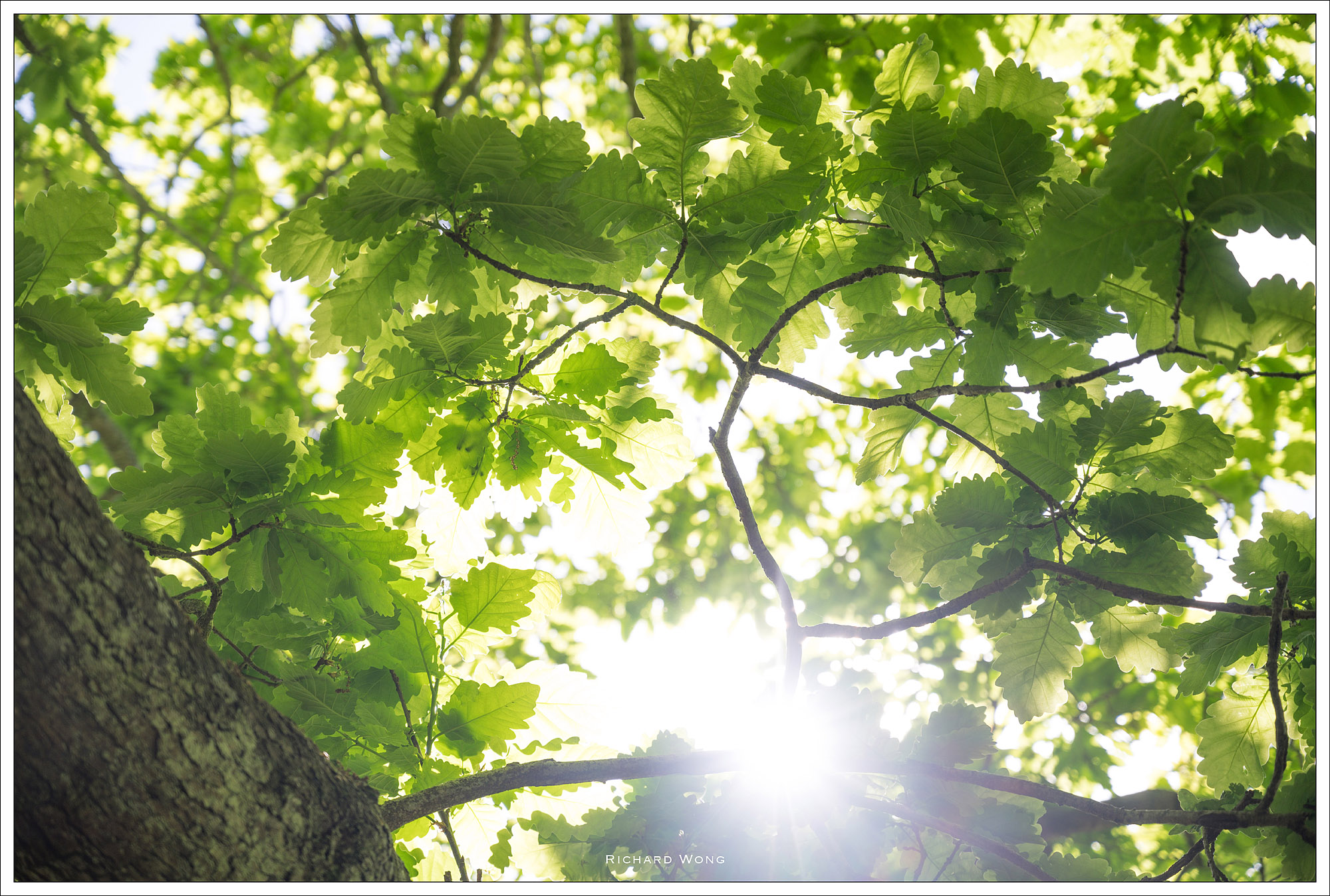 Nikon Z7 | Nikon Z 24-70mm f/4 | ISO 90 f/4 1/250s
Nikon Z7 | Nikon Z 24-70mm f/4 | ISO 90 f/4 1/250s
 Nikon Z7 | Nikon AIS 105mm f/1.8 | ISO 64 f/1.8 1/400s
Nikon Z7 | Nikon AIS 105mm f/1.8 | ISO 64 f/1.8 1/400s
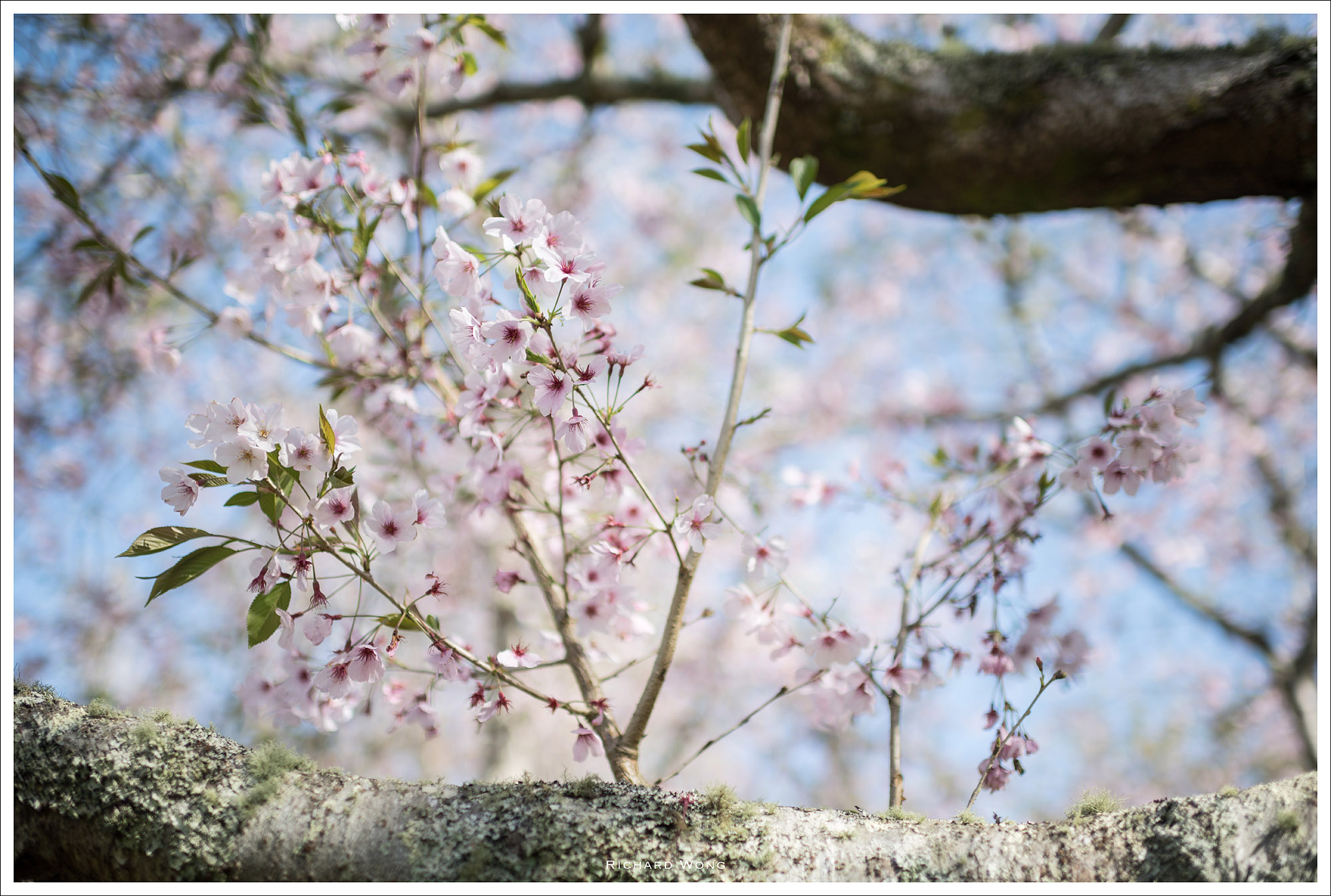 Nikon Z7 | Nikon AFS 35mm f/1.4G | ISO 64 f/1.4 1/1600s
Nikon Z7 | Nikon AFS 35mm f/1.4G | ISO 64 f/1.4 1/1600s
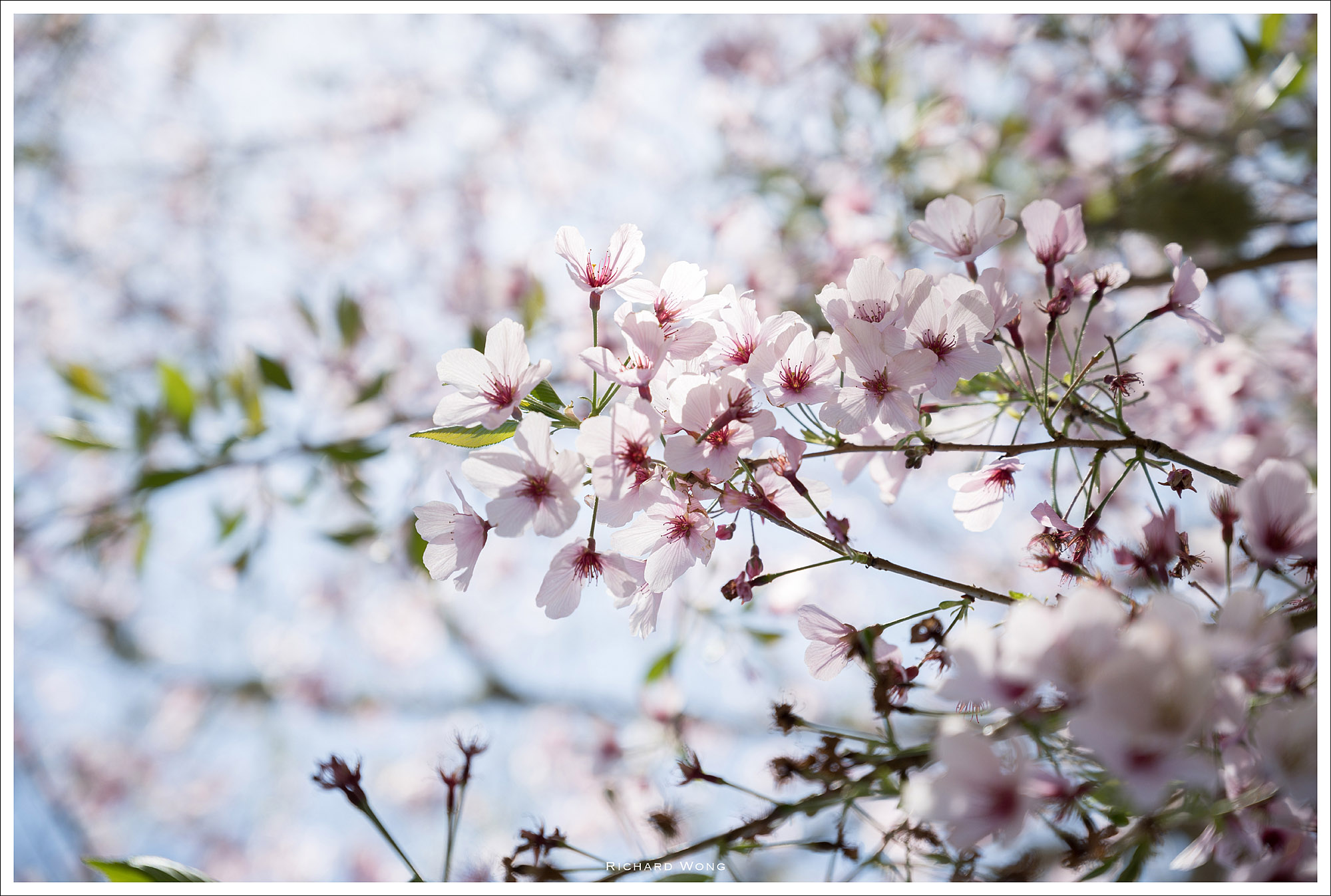 Nikon Z7 | Nikon Z 24-70mm f/4 | ISO 64 f/4 1/400s
Nikon Z7 | Nikon Z 24-70mm f/4 | ISO 64 f/4 1/400s
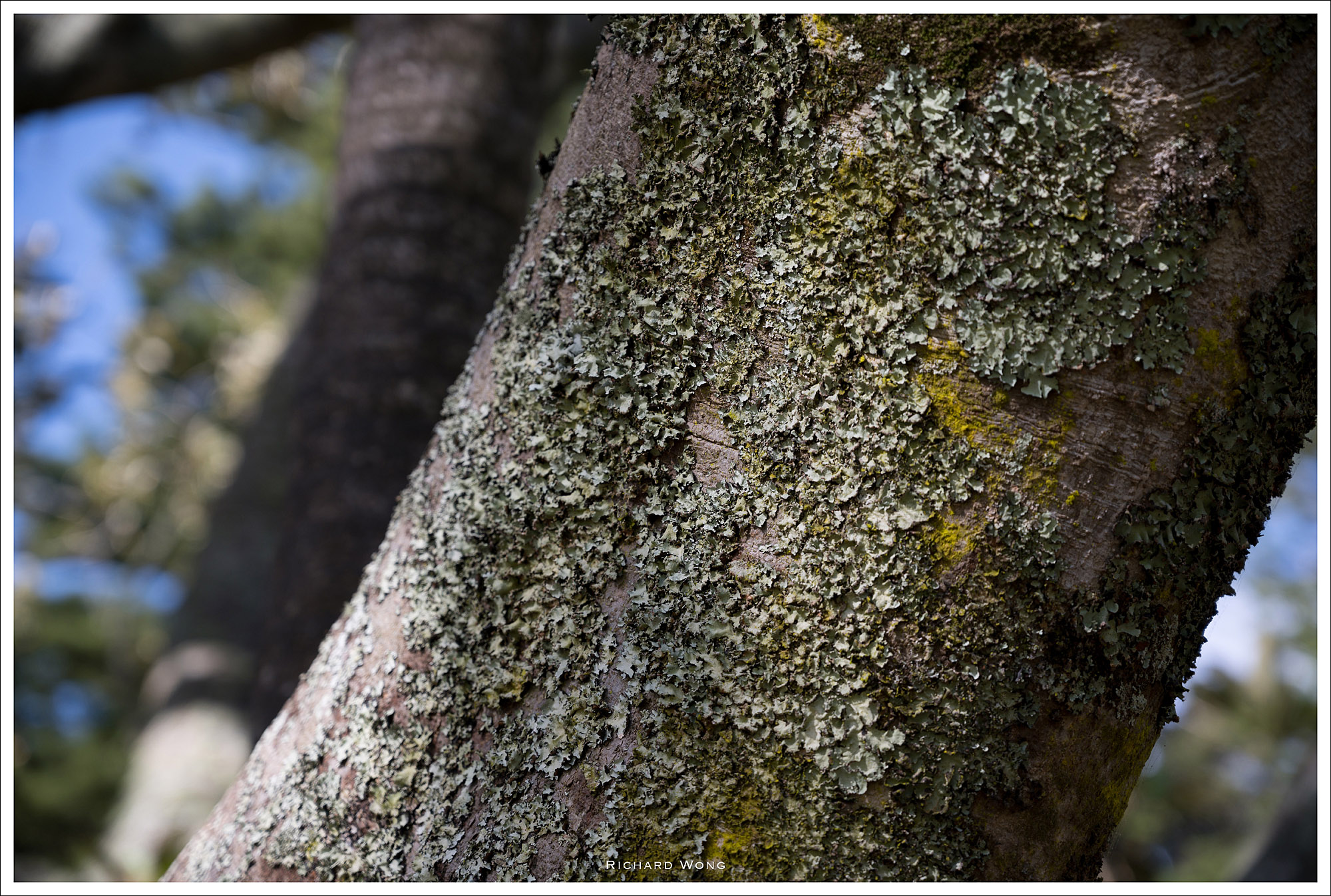 Nikon Z7 | Nikon Z 24-70mm f/4 | ISO64 f/4 1/320s
Nikon Z7 | Nikon Z 24-70mm f/4 | ISO64 f/4 1/320s
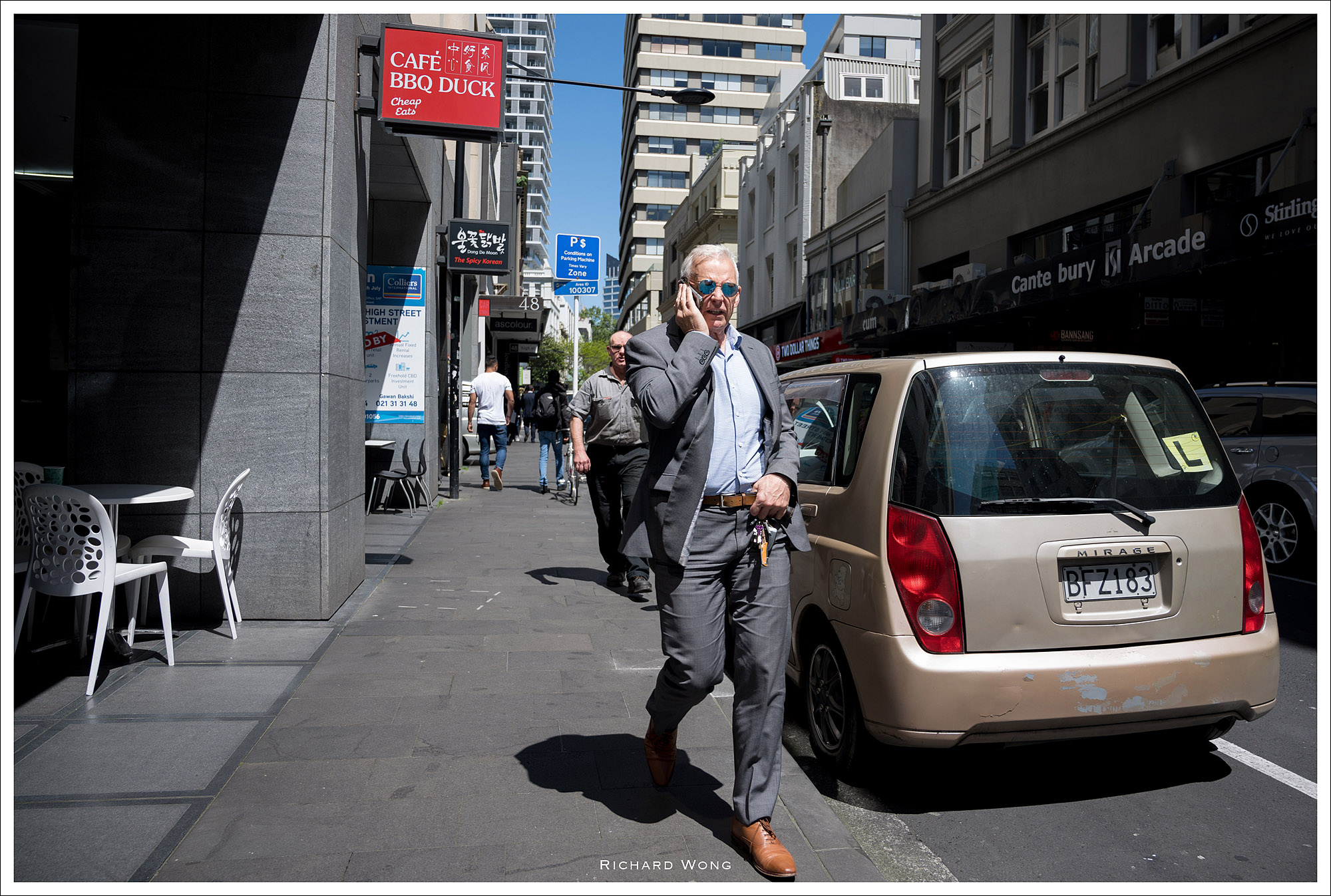 Nikon Z7 | Nikon Z 24-70mm f/4 | ISO64 f/4 1/500s
Nikon Z7 | Nikon Z 24-70mm f/4 | ISO64 f/4 1/500s
Nikon Z7 | Nikon Z 24-70mm f/4 | ISO 560 f/4 1/25s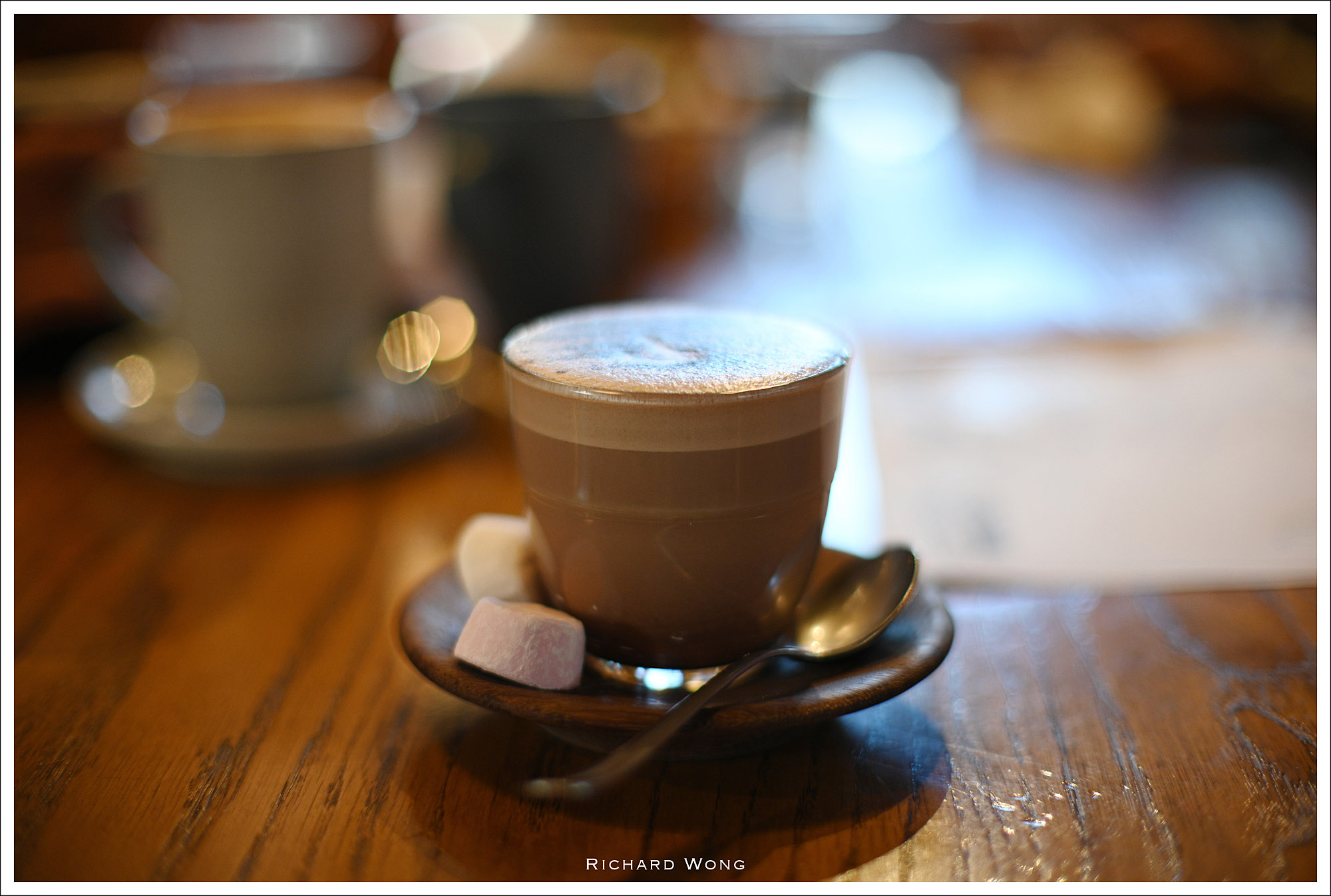 Nikon Z7 | Nikon AIS 50mm f/1.2 | ISO 500 f/1.2 1/125s
Nikon Z7 | Nikon AIS 50mm f/1.2 | ISO 500 f/1.2 1/125s
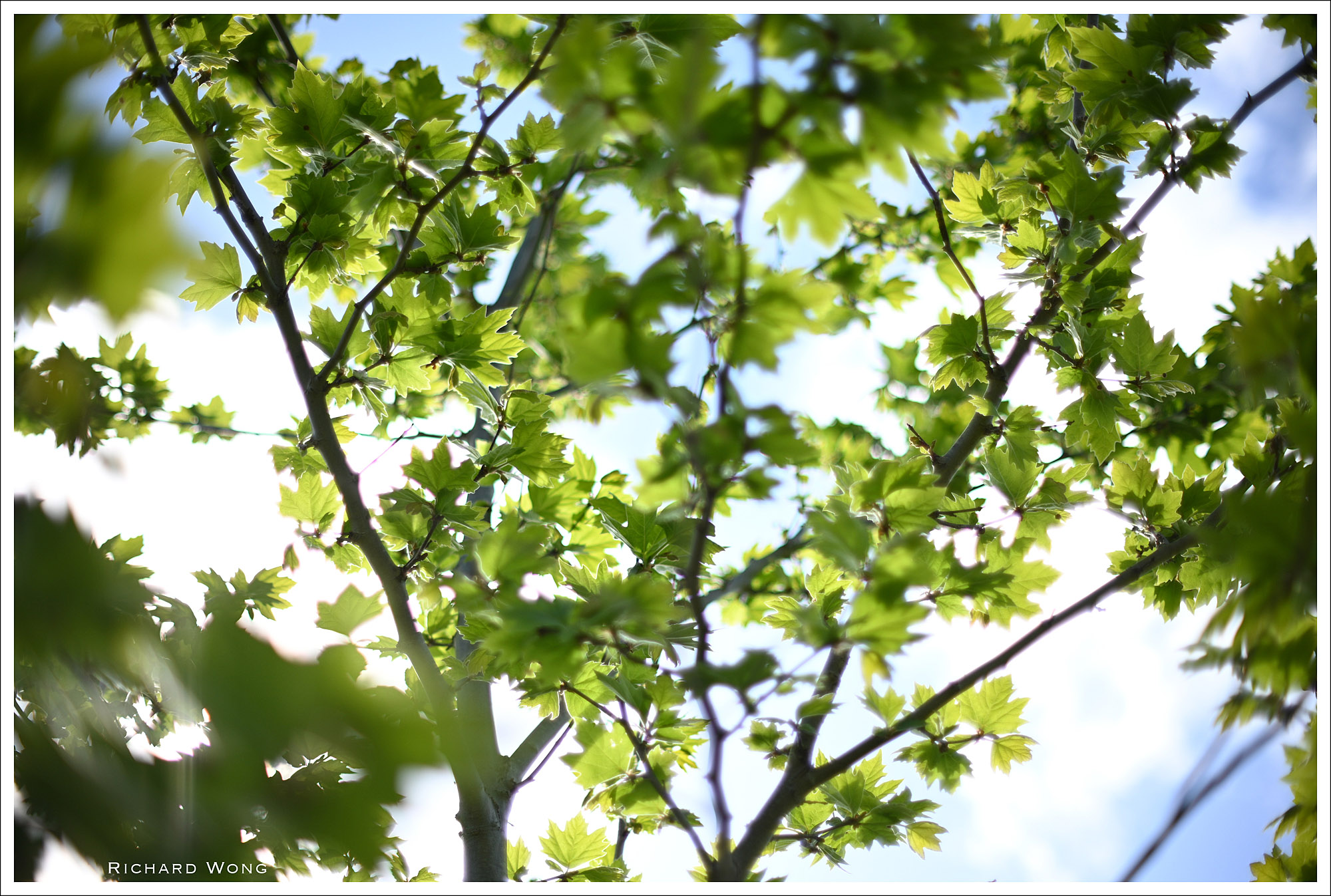 Nikon Z7 | Nikon AIS 105mm f/1.8 | ISO 180 f/1.8 1/8000s
Nikon Z7 | Nikon AIS 105mm f/1.8 | ISO 180 f/1.8 1/8000s
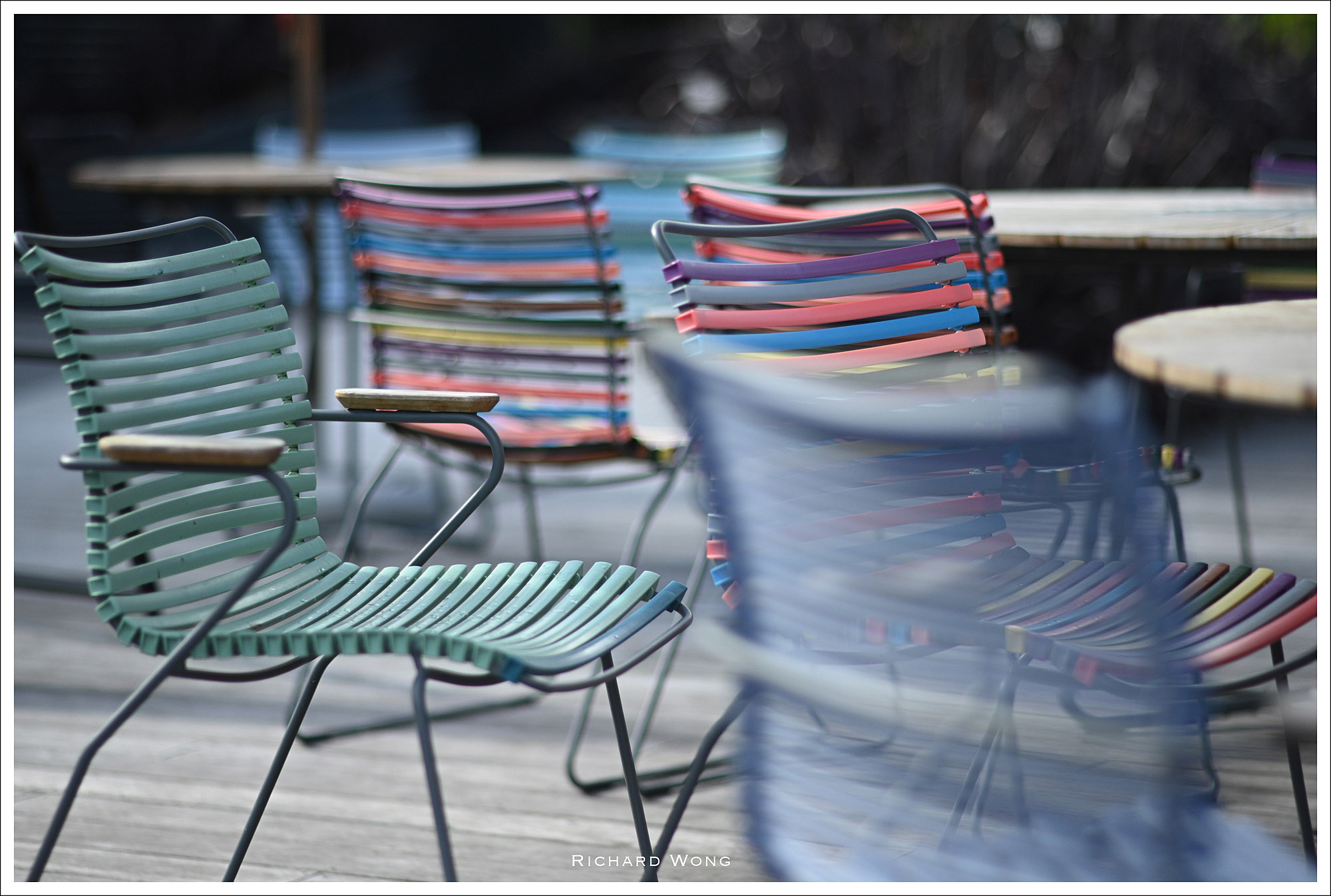 Nikon Z7 | Nikon AIS 105mm f/1.8 | ISO 560 f/1.8 1/8000s
Nikon Z7 | Nikon AIS 105mm f/1.8 | ISO 560 f/1.8 1/8000s
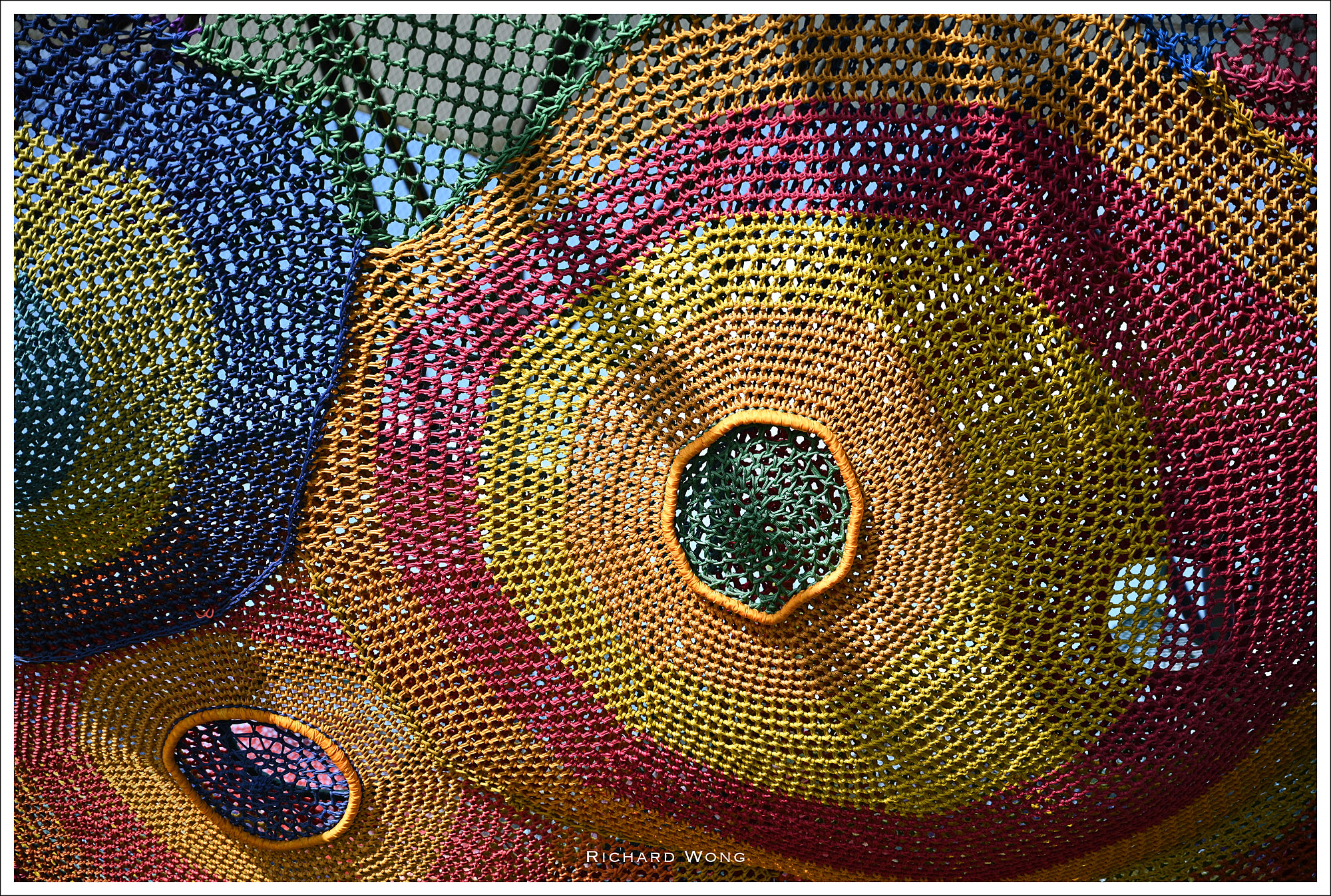 Nikon Z7 | Nikon Z 24-70mm f/4 | ISO 800 f/4 1/5000s
Nikon Z7 | Nikon Z 24-70mm f/4 | ISO 800 f/4 1/5000s
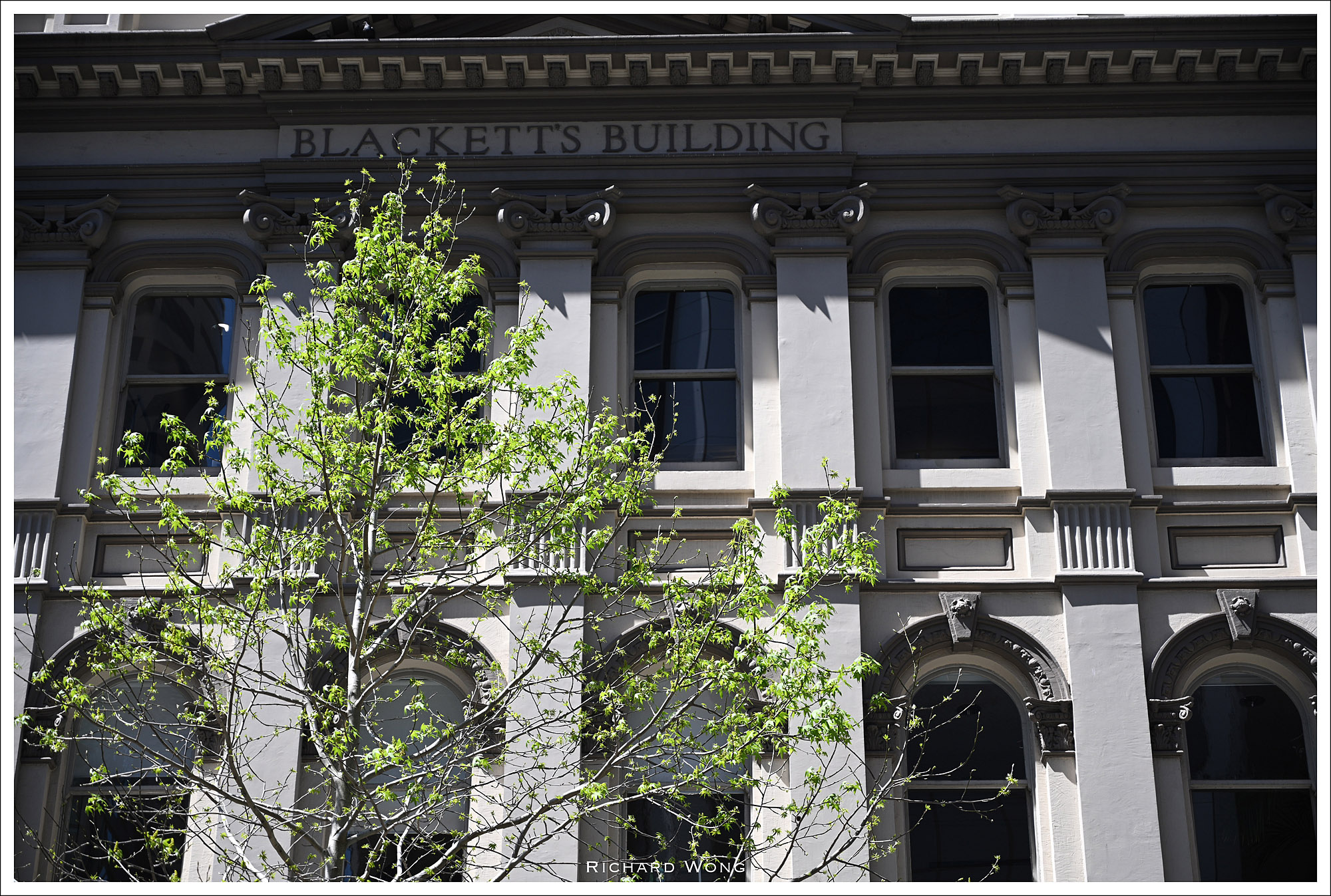 Nikon Z7 | Nikon Z 24-70mm f/4 | ISO64 f/4 1/320s
Nikon Z7 | Nikon Z 24-70mm f/4 | ISO64 f/4 1/320s
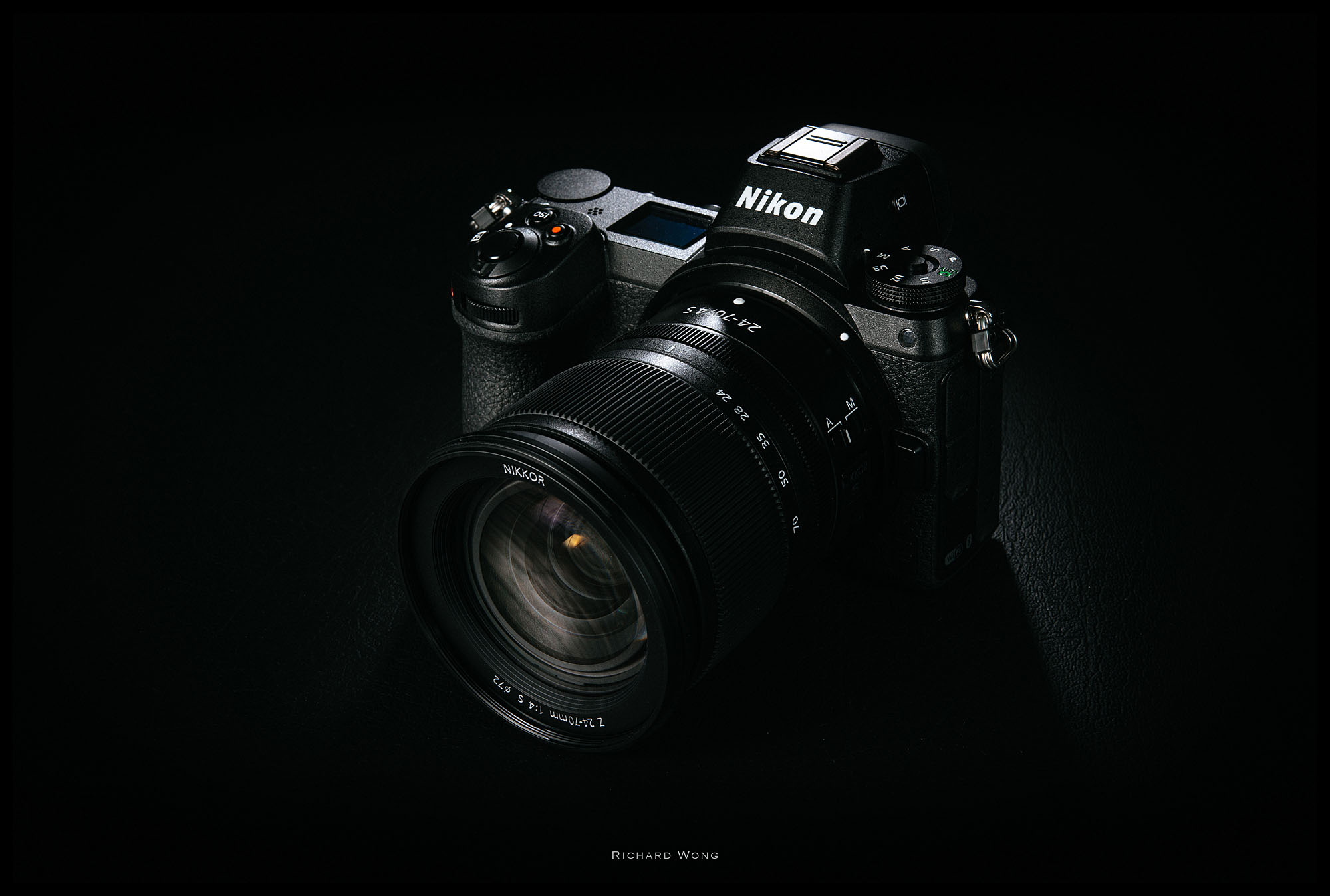
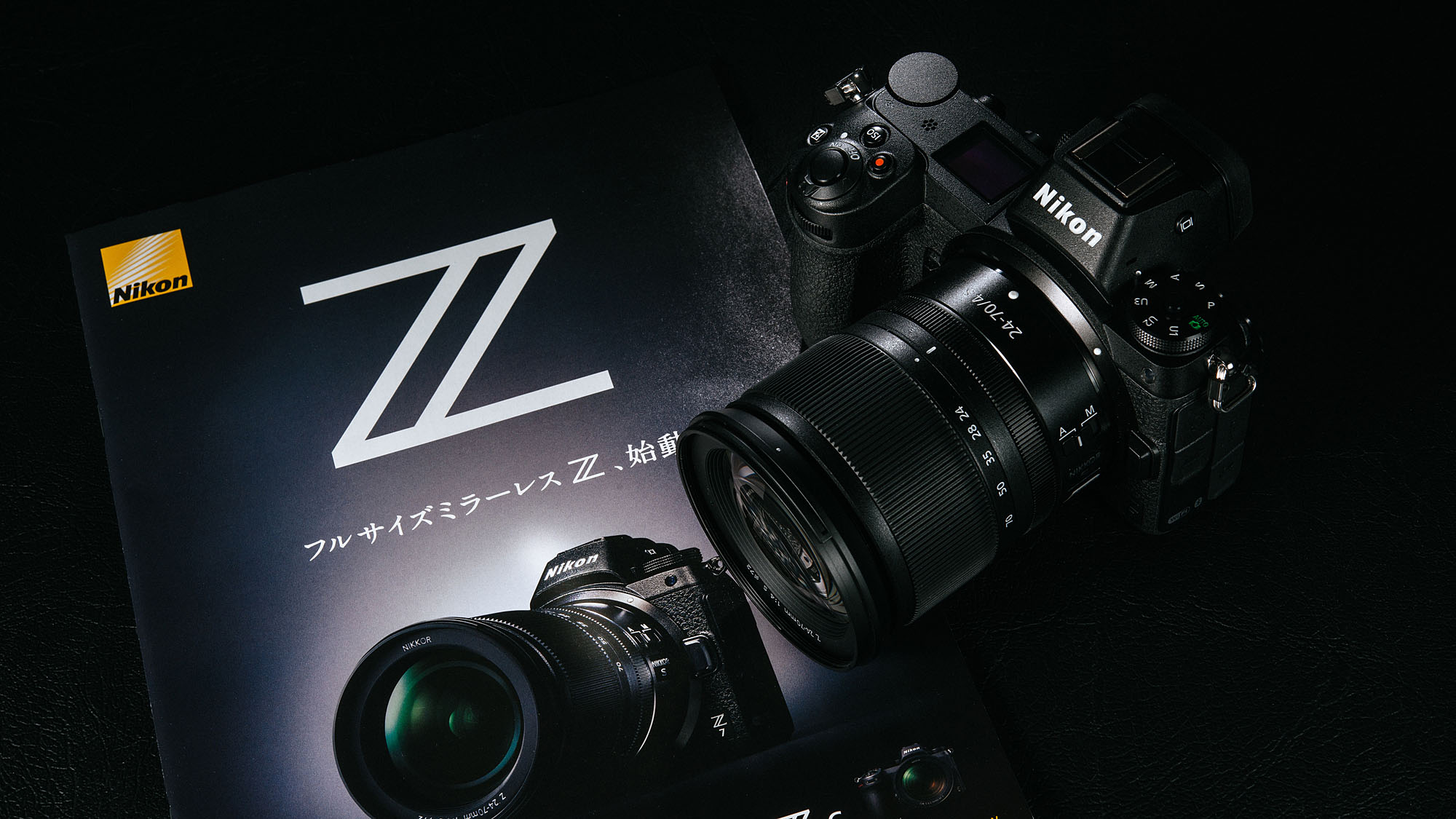
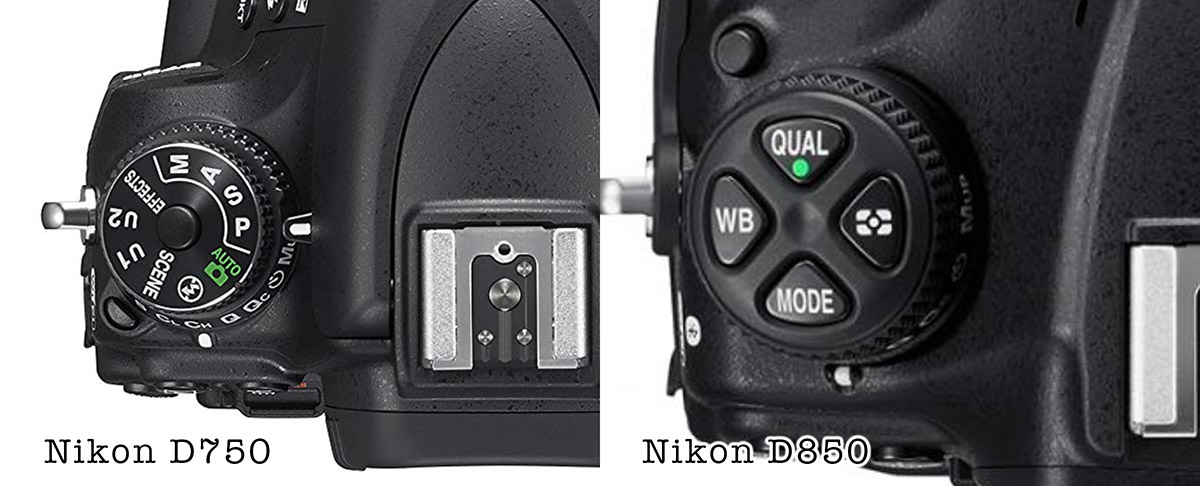
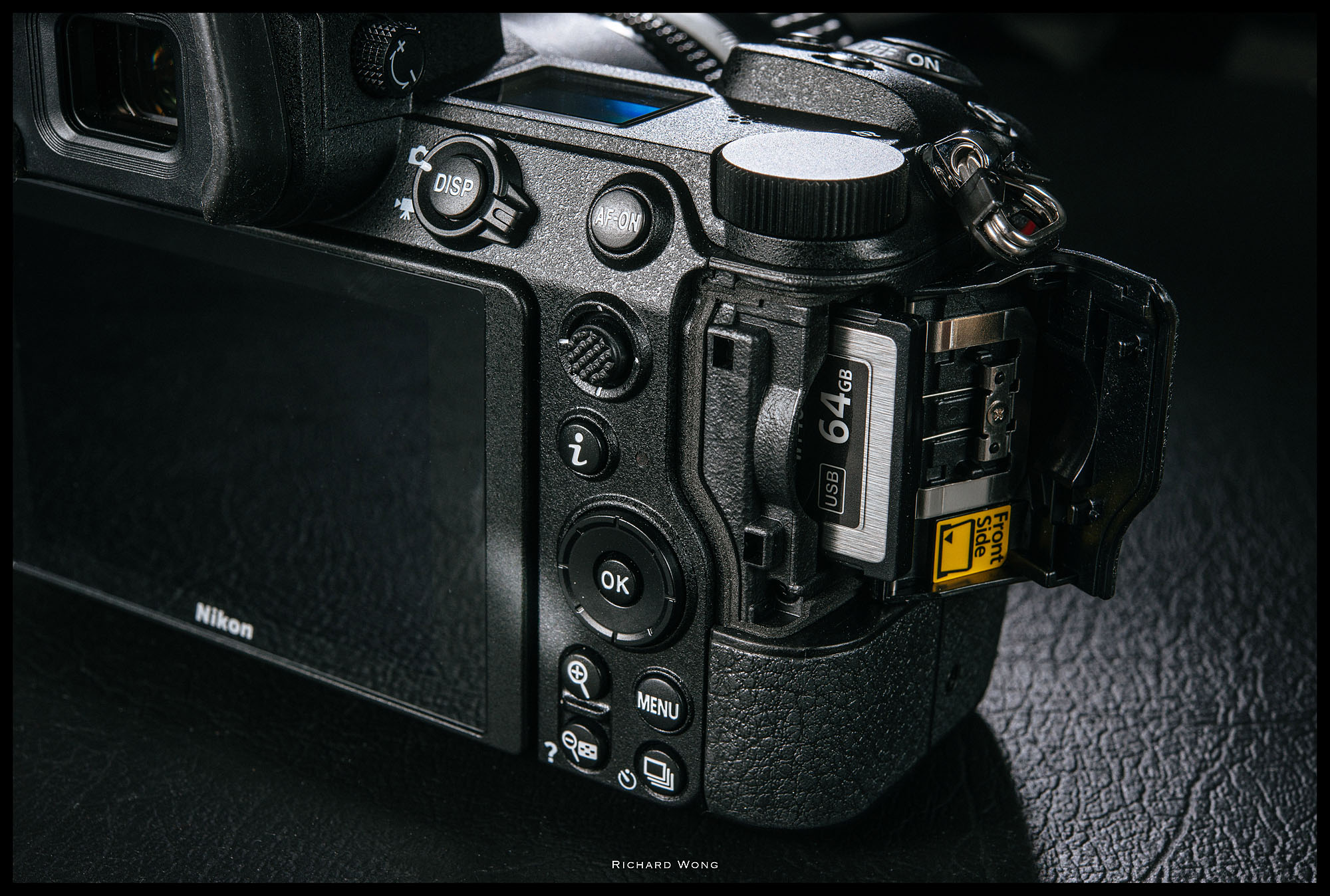

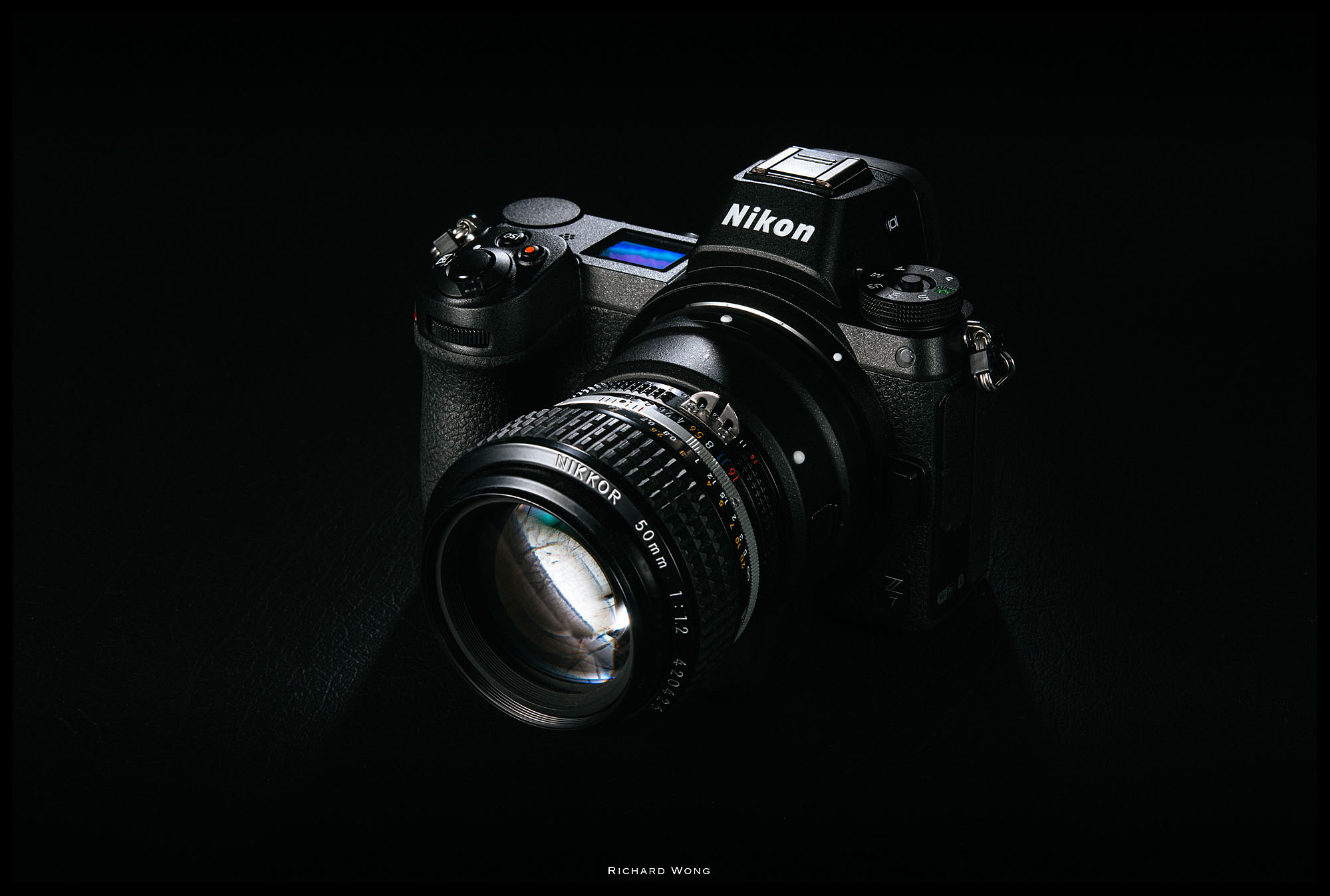
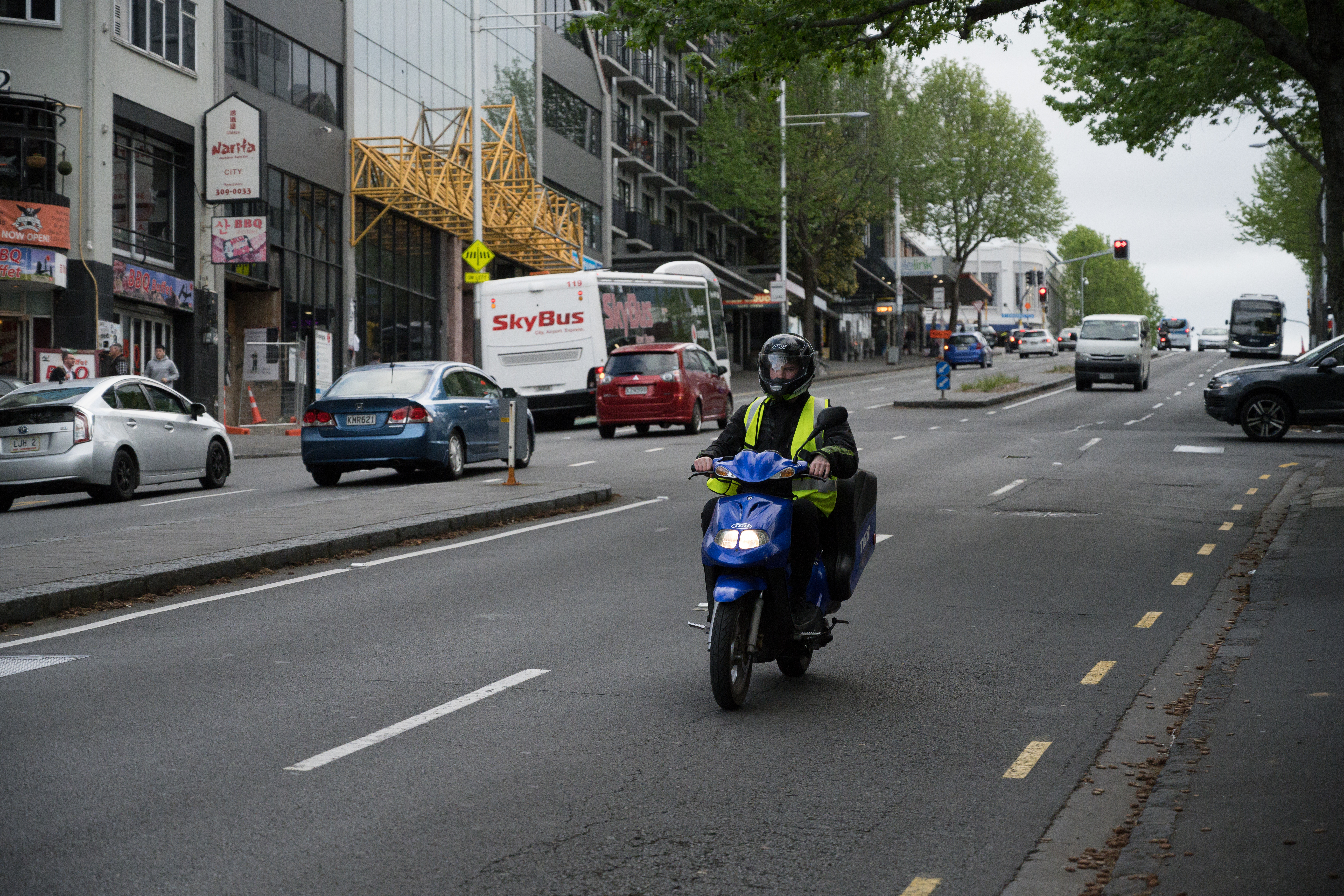
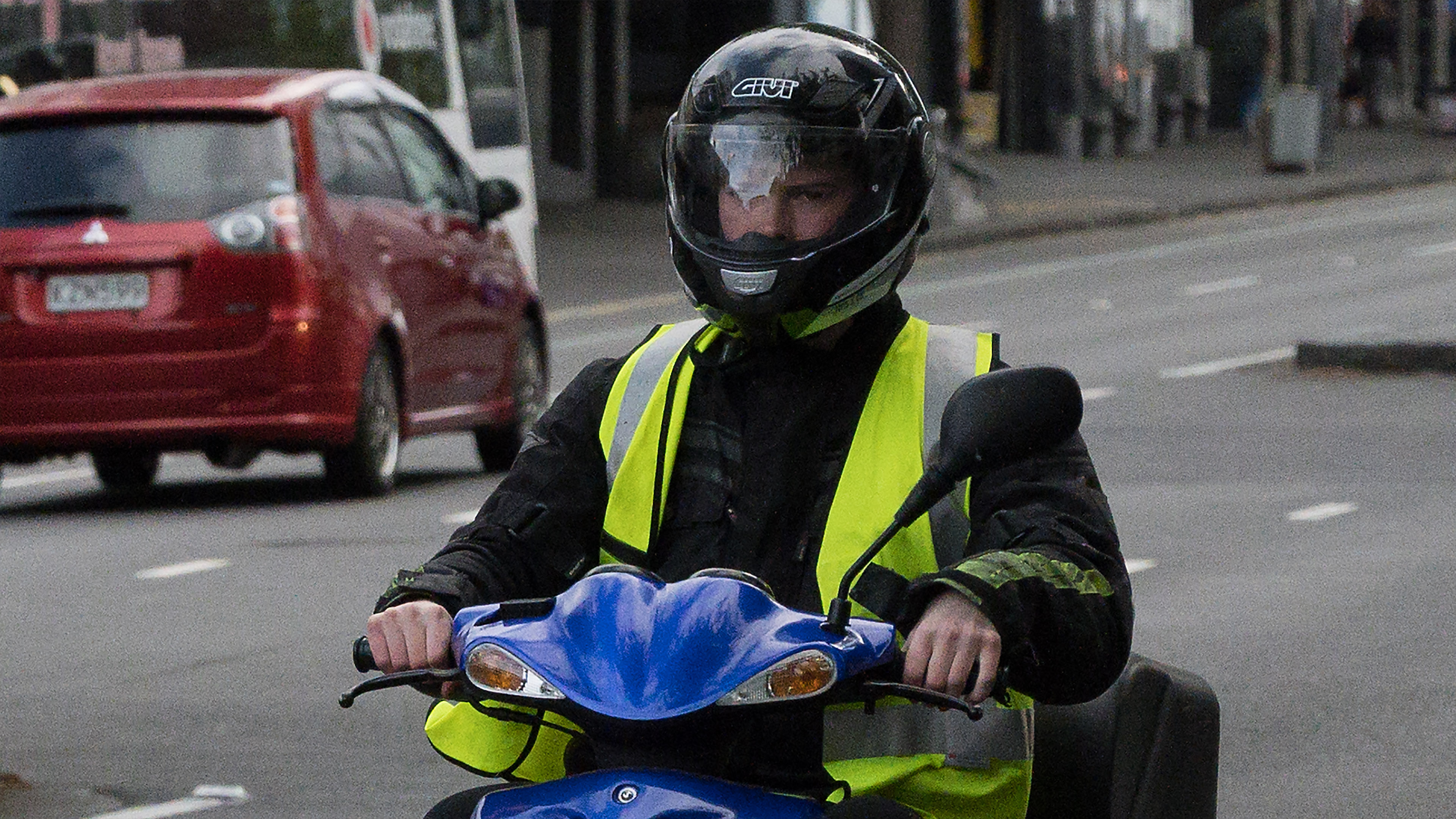
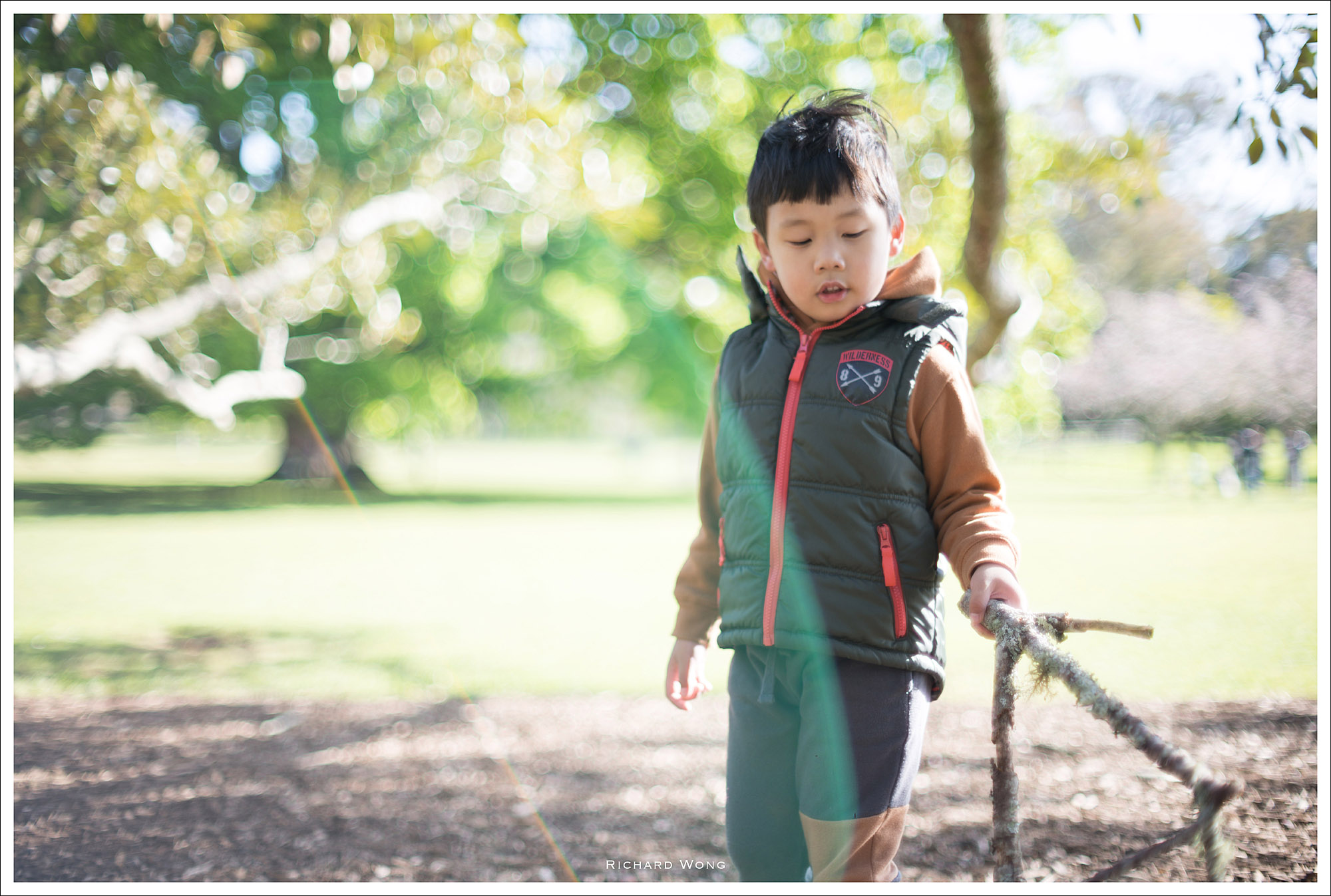
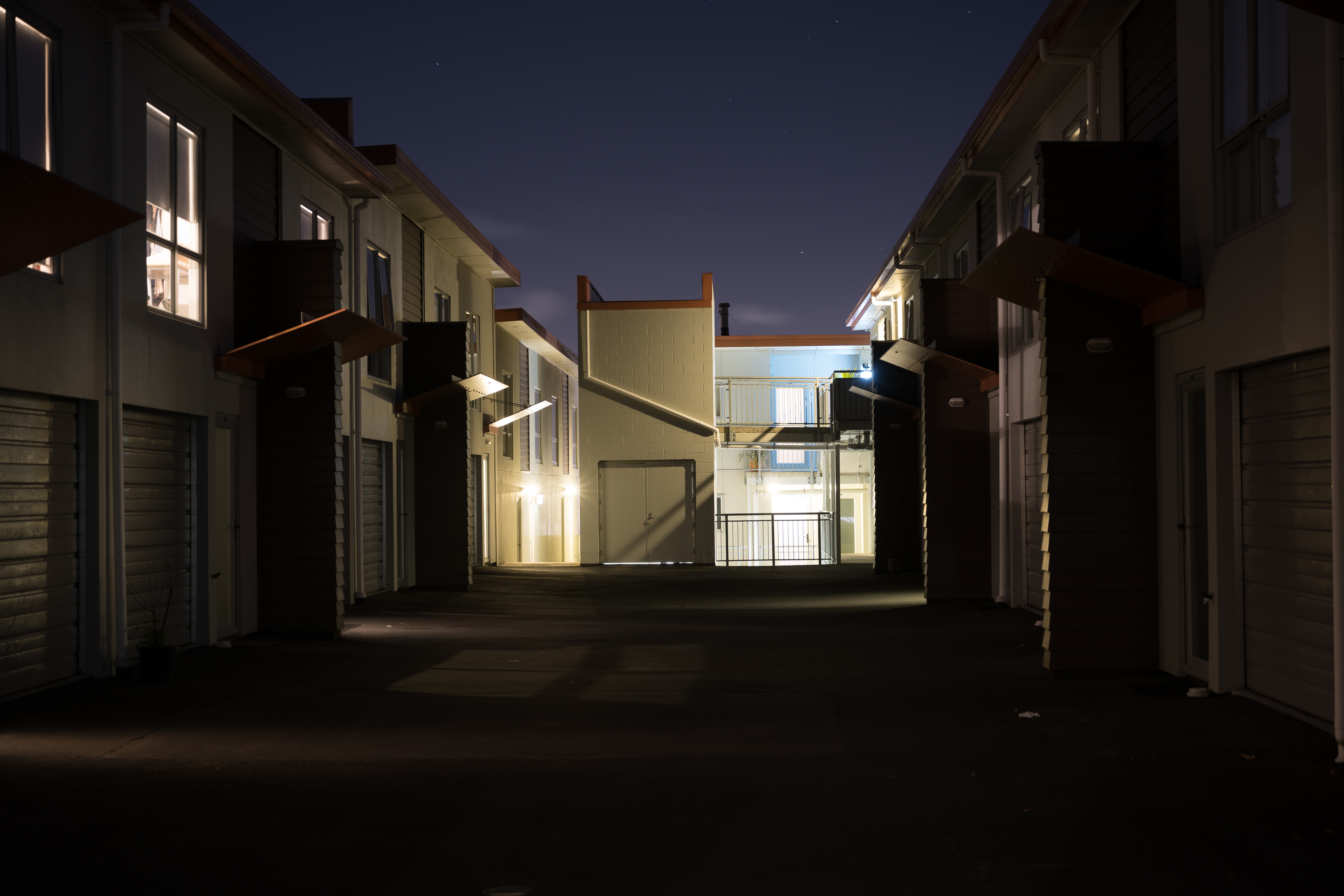
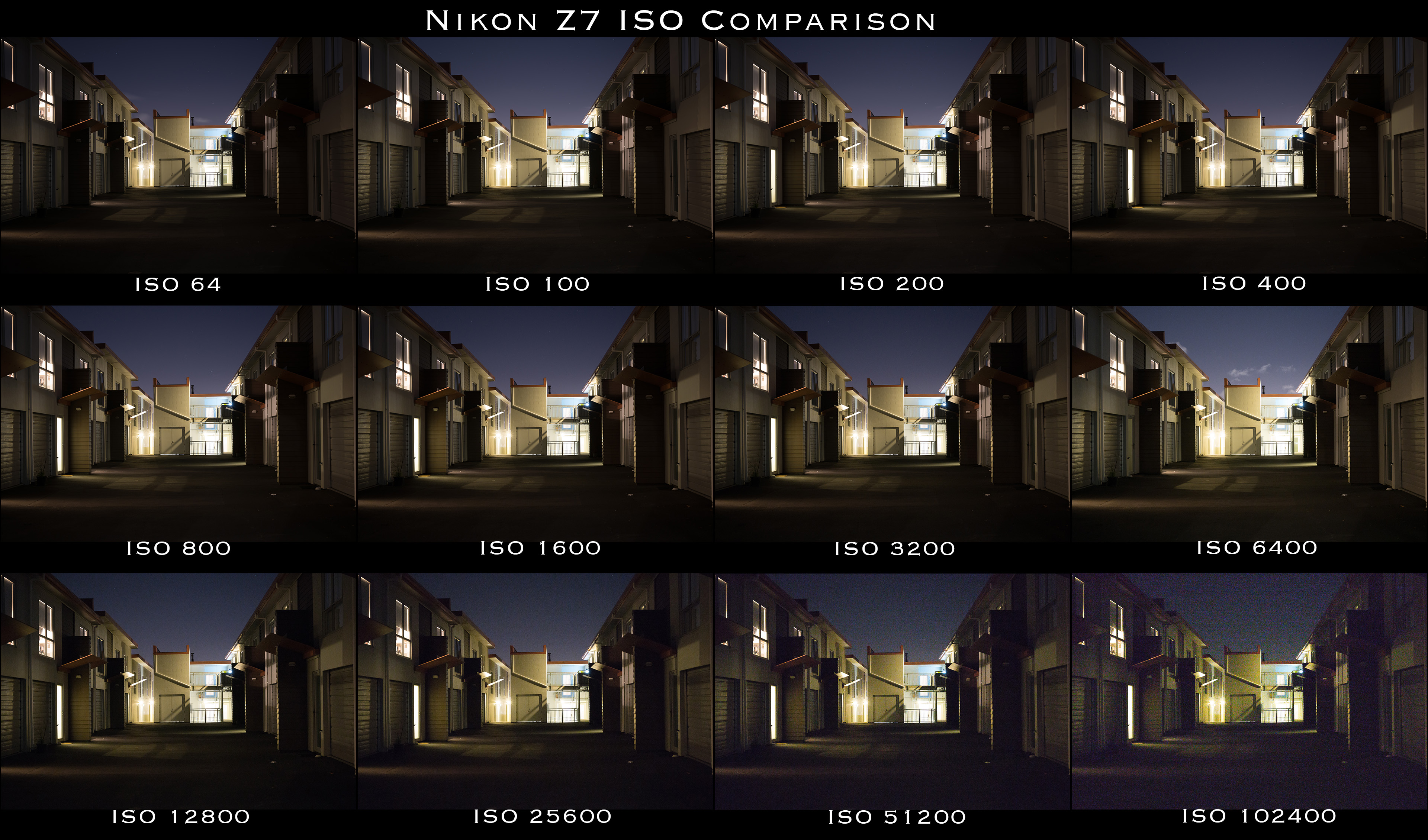
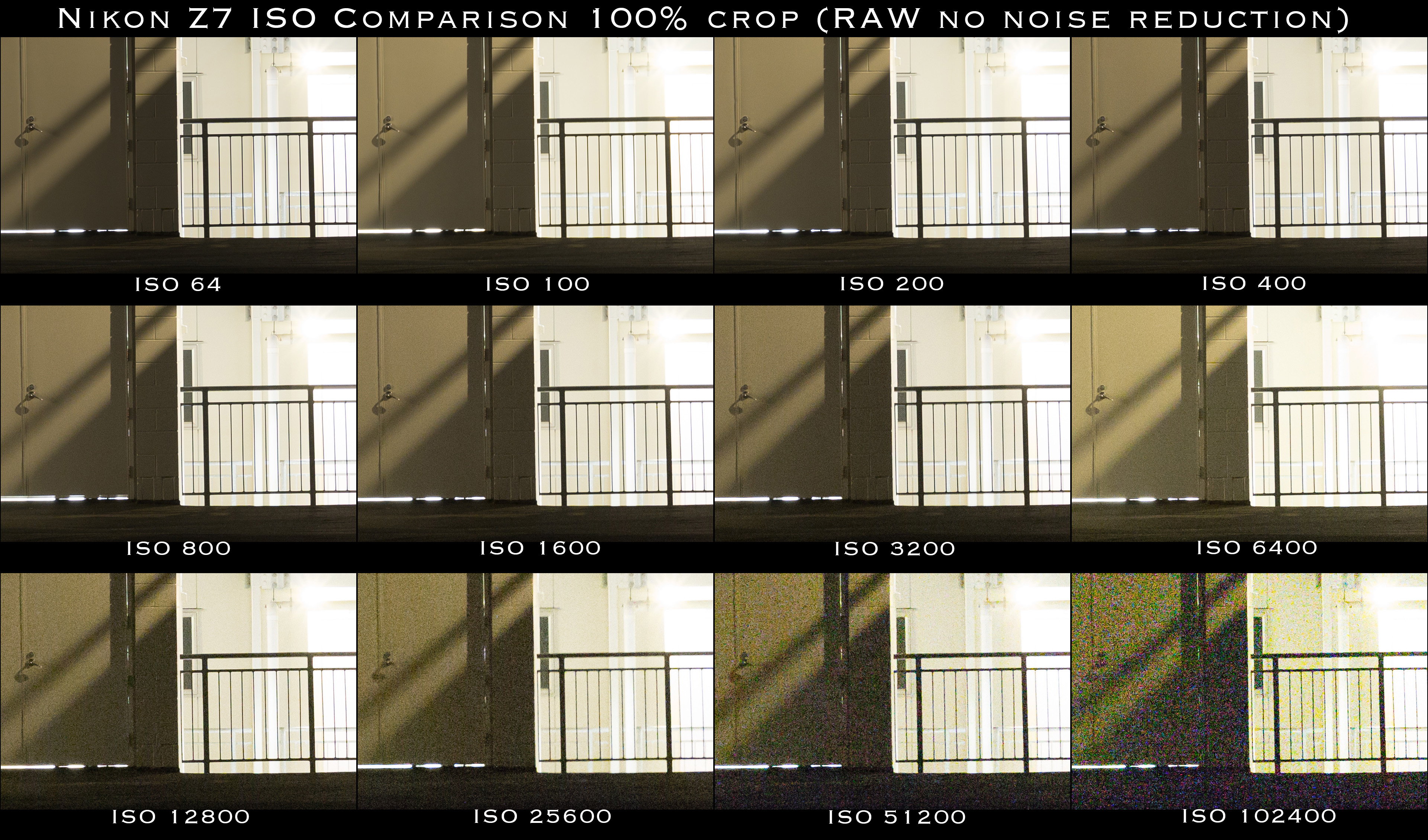
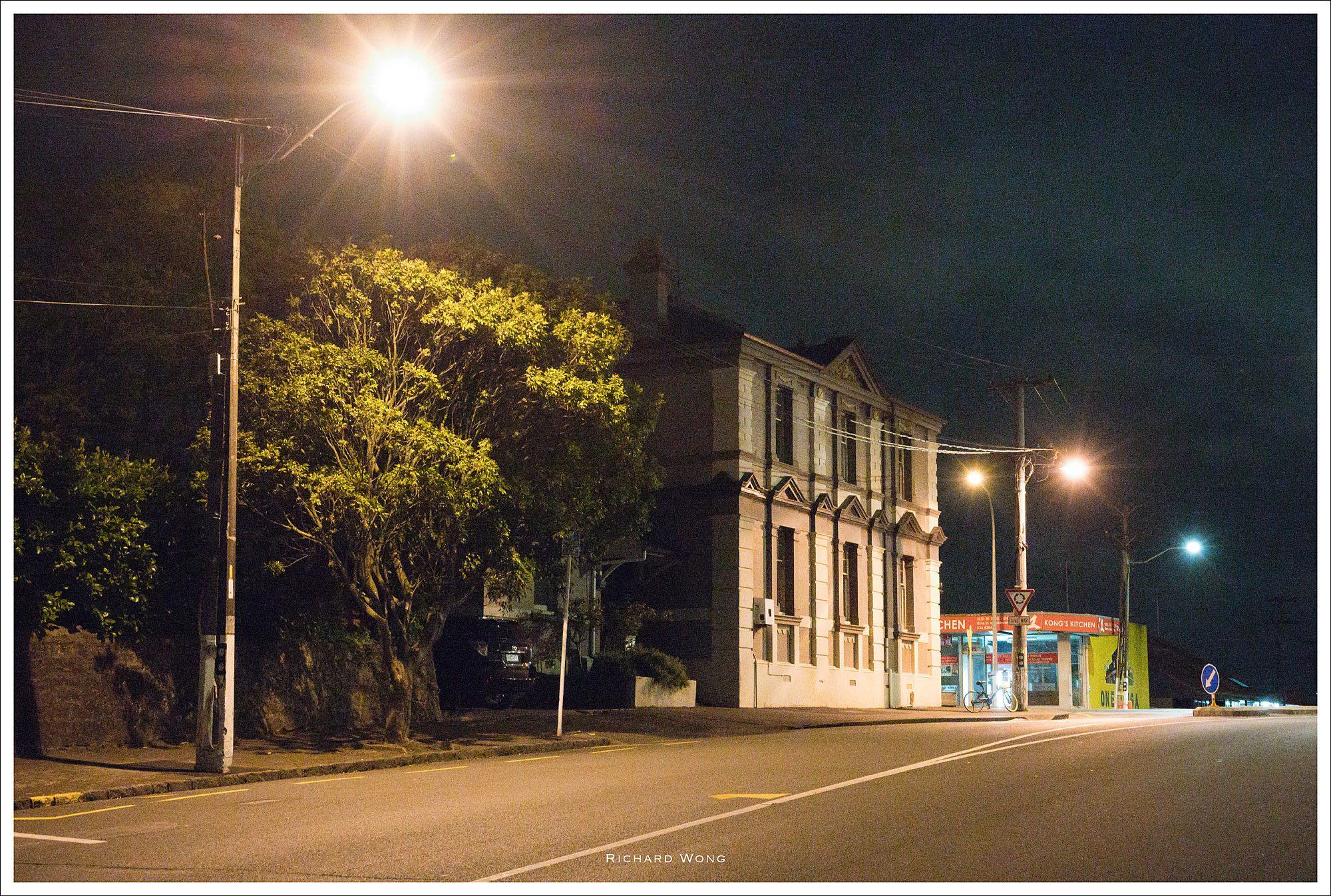
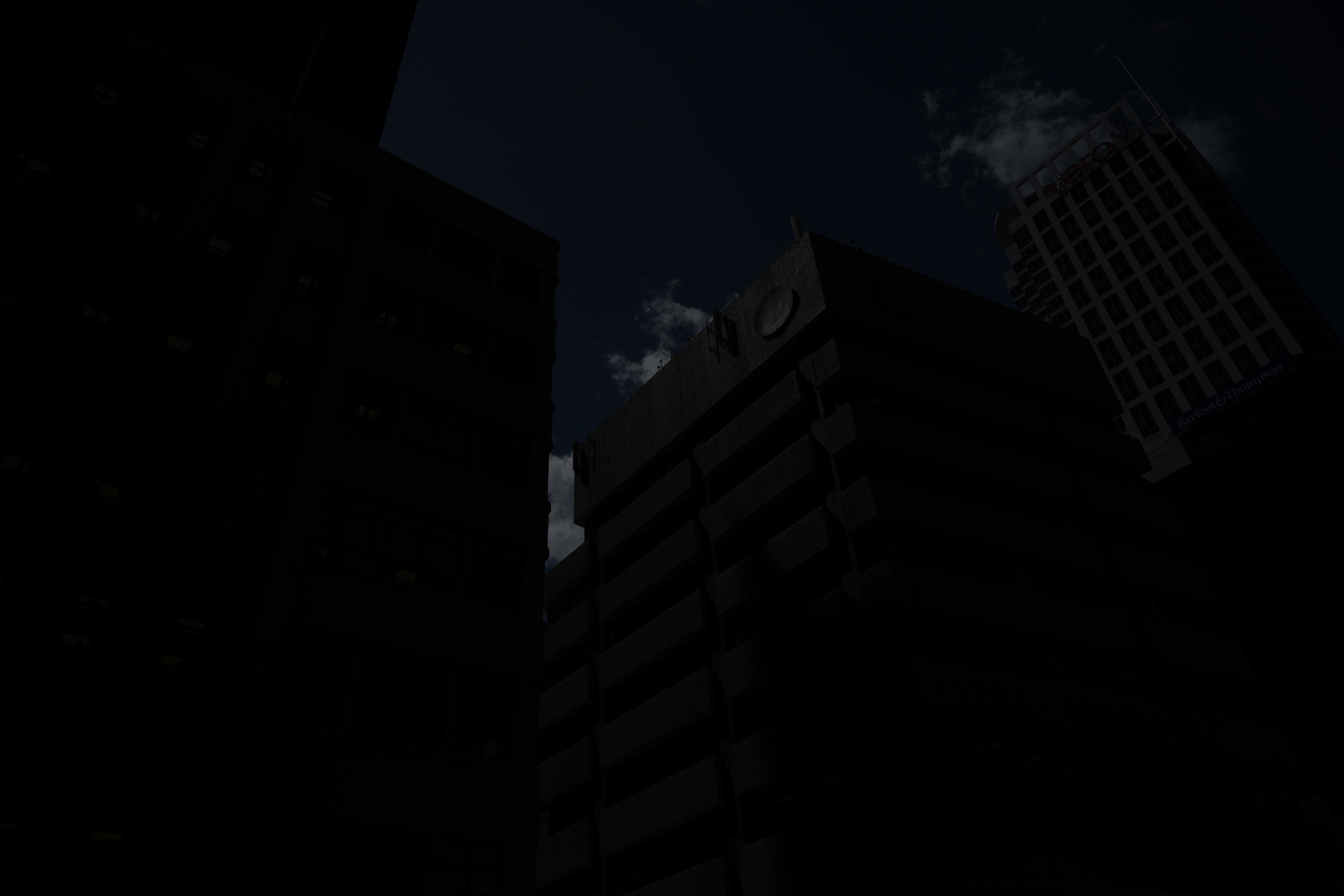
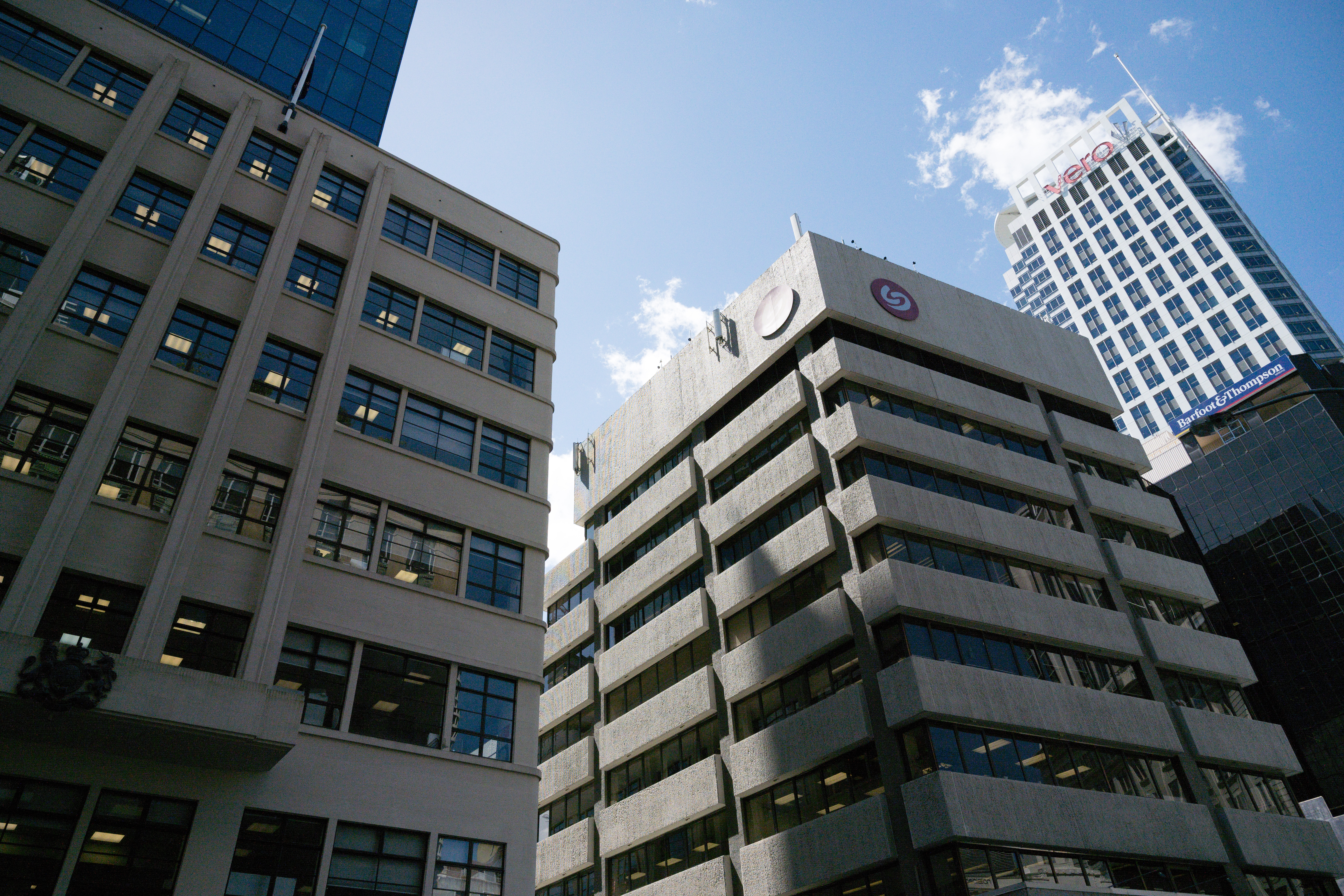
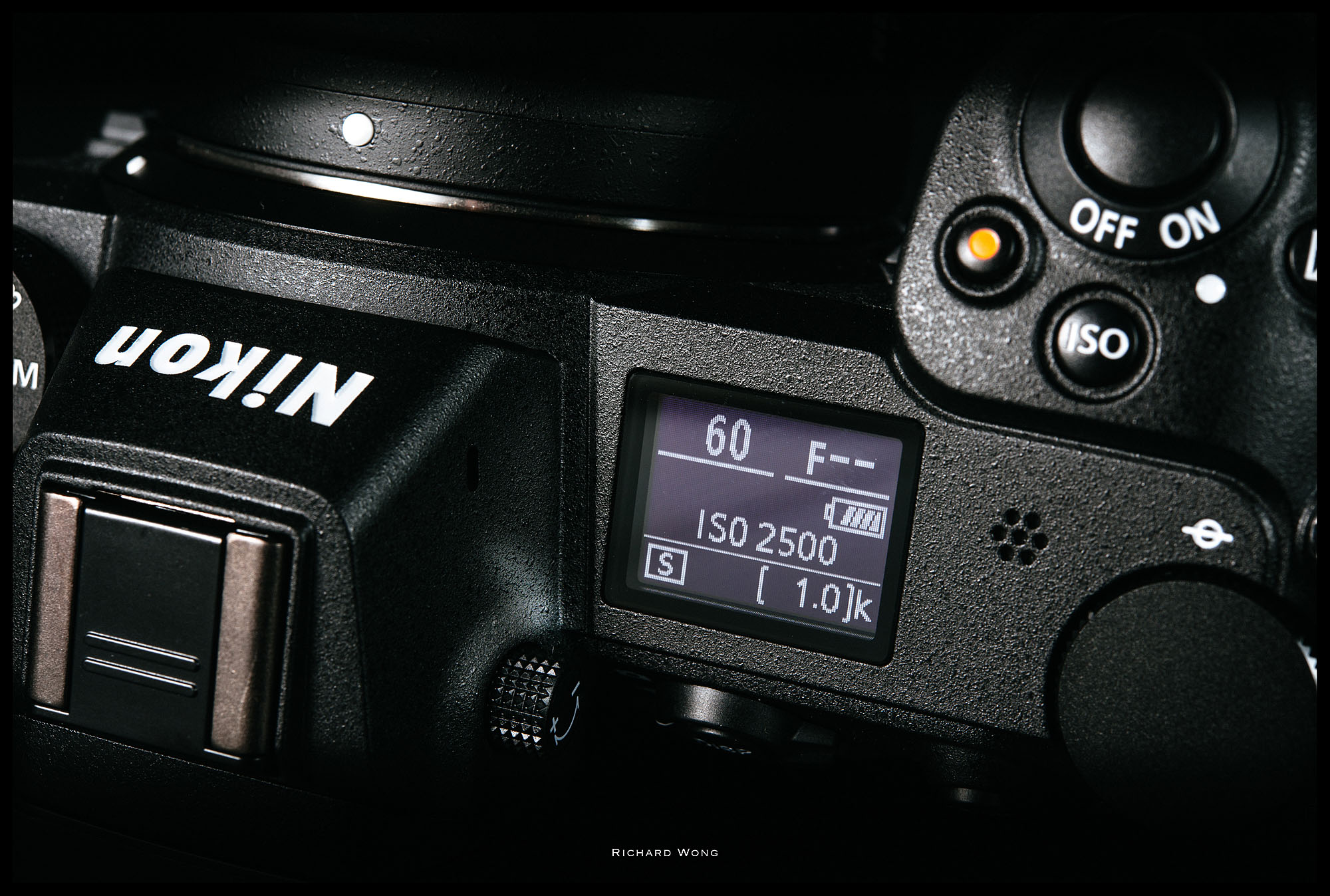
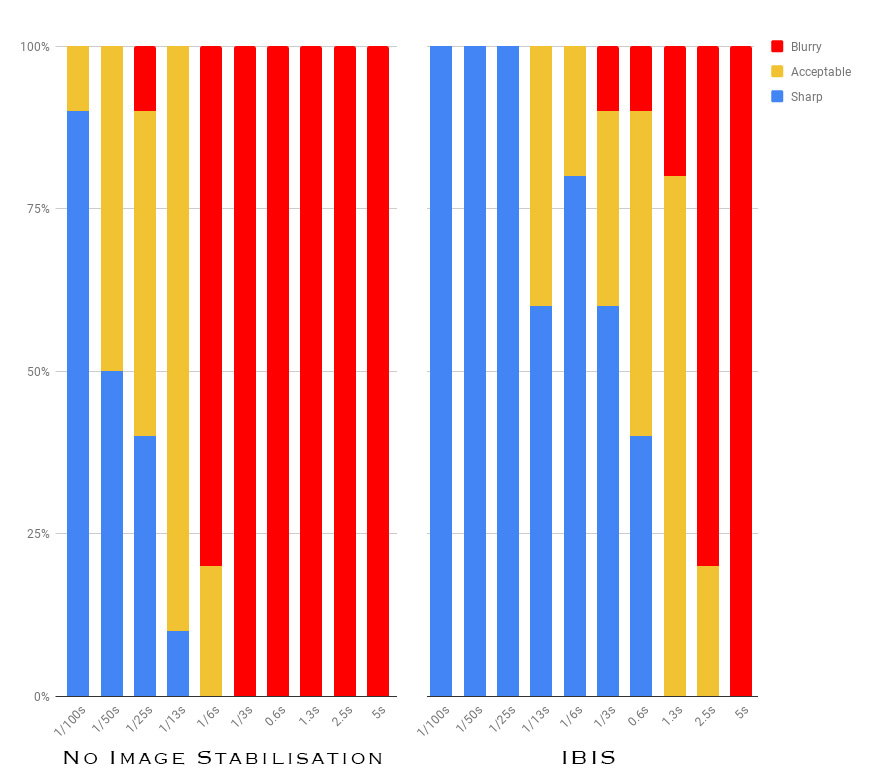
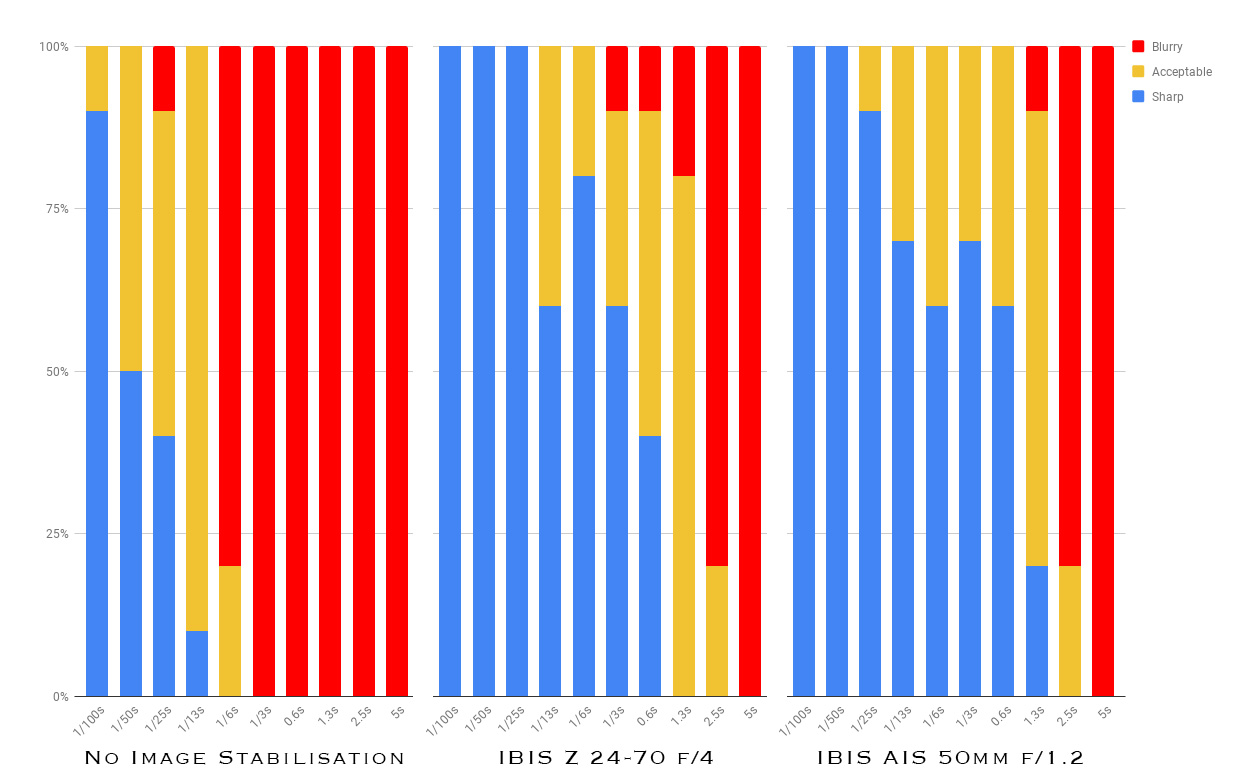
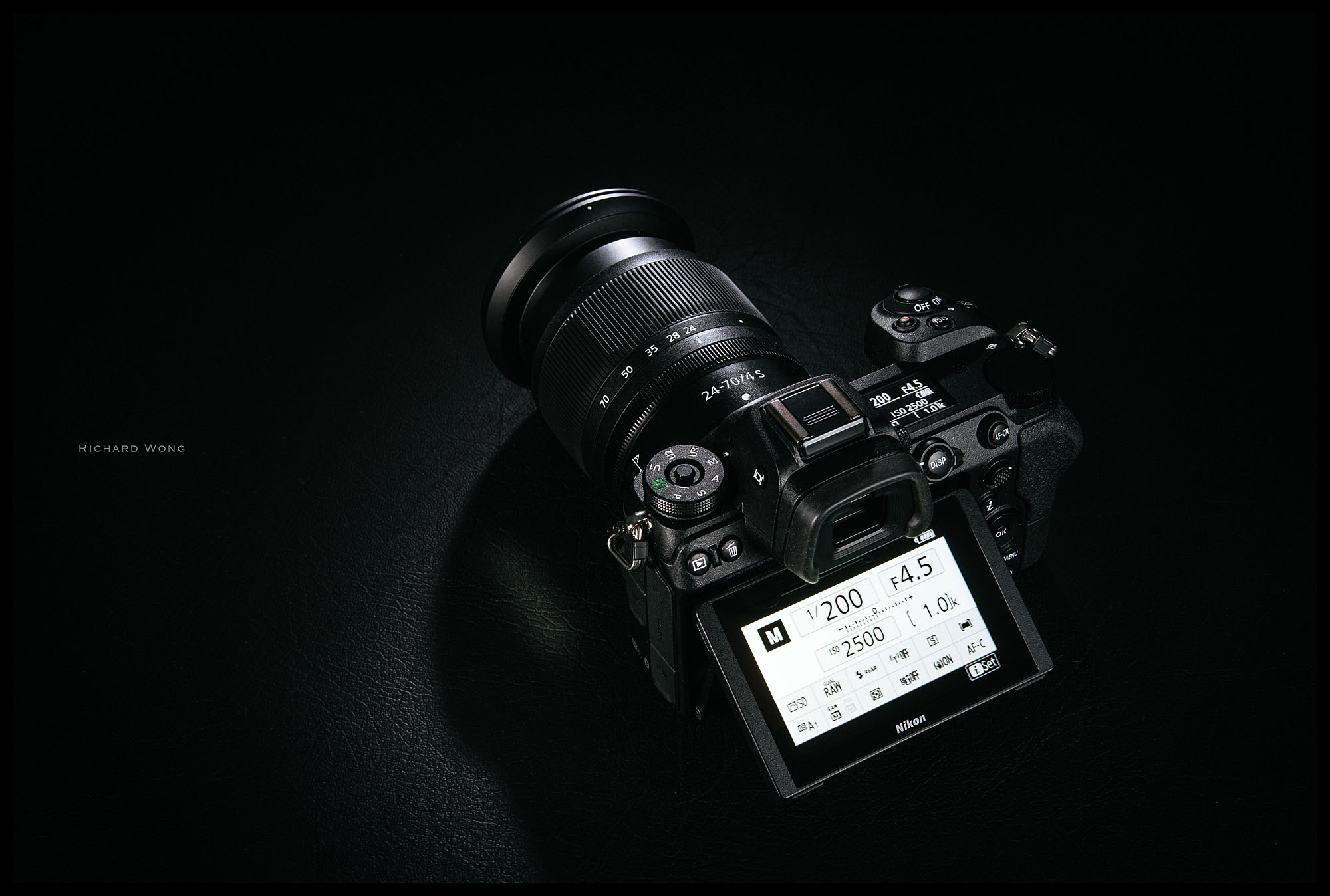
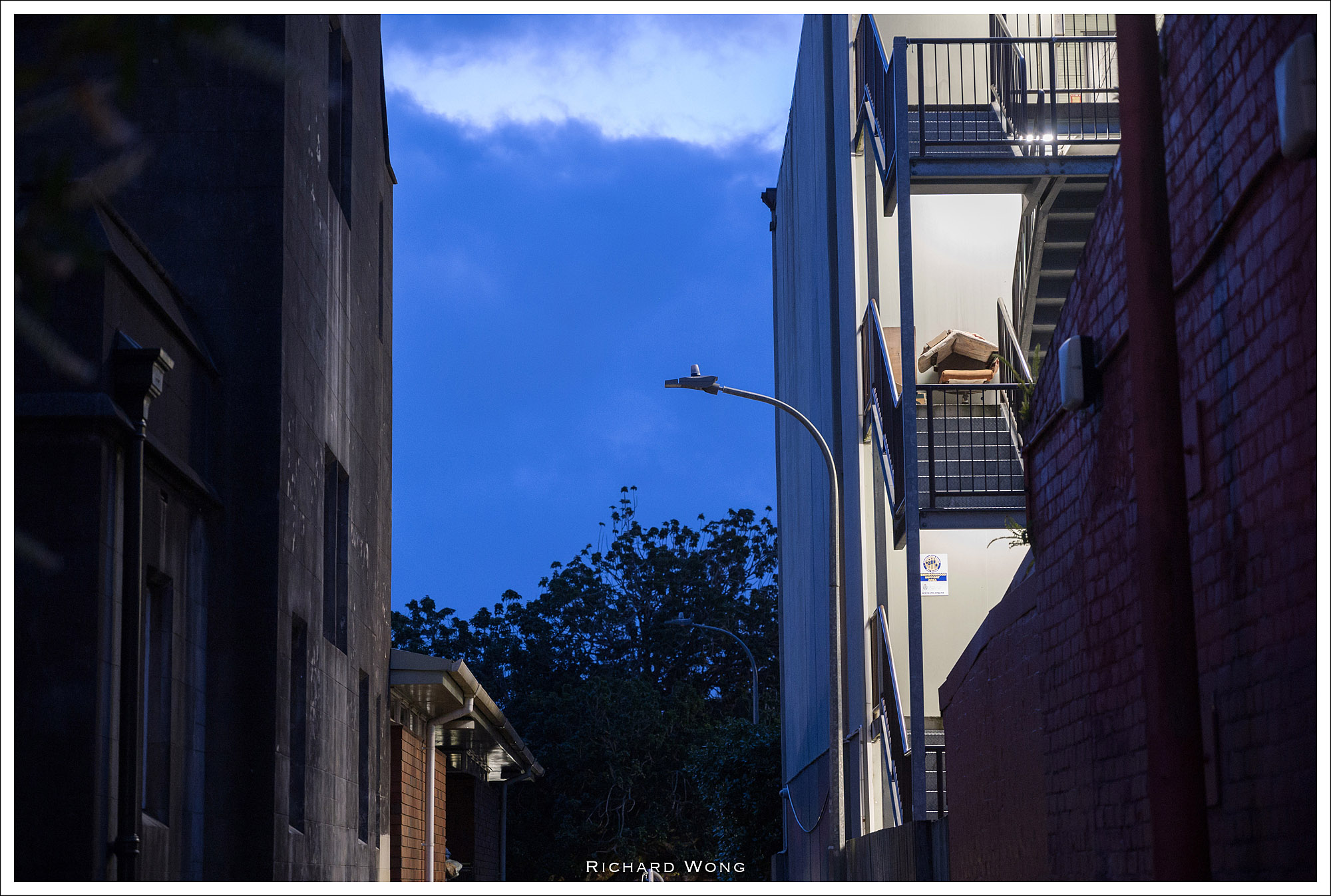
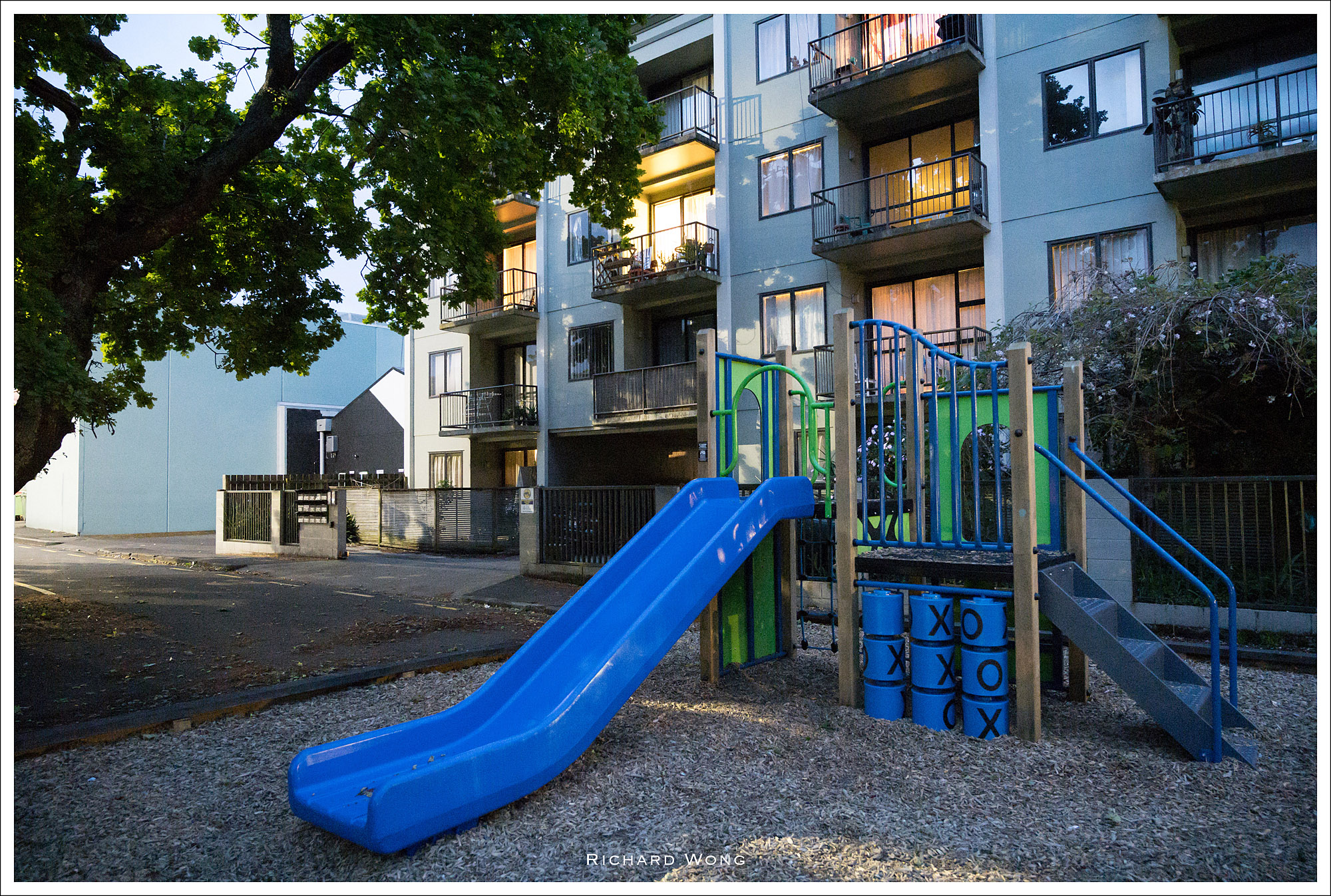
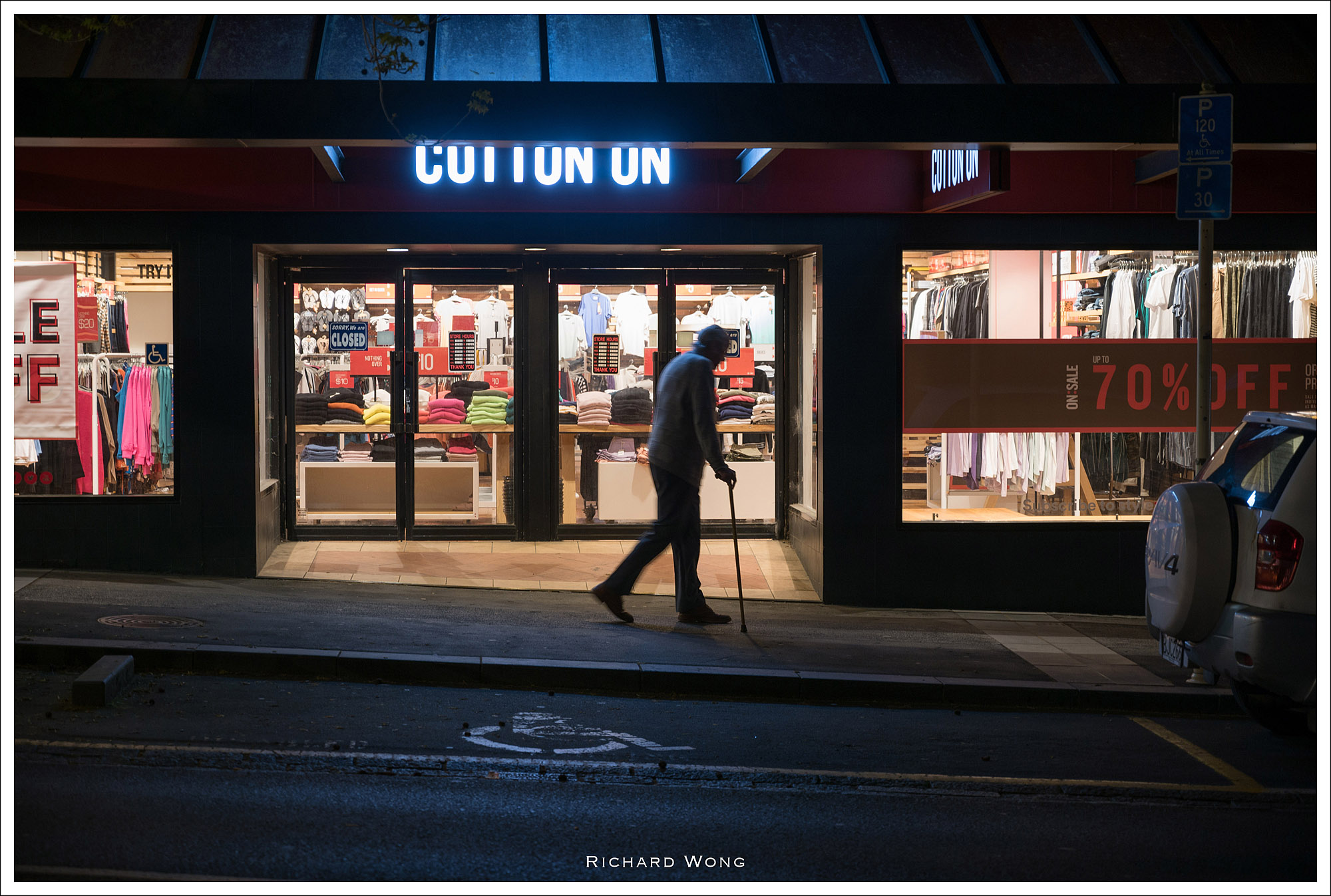
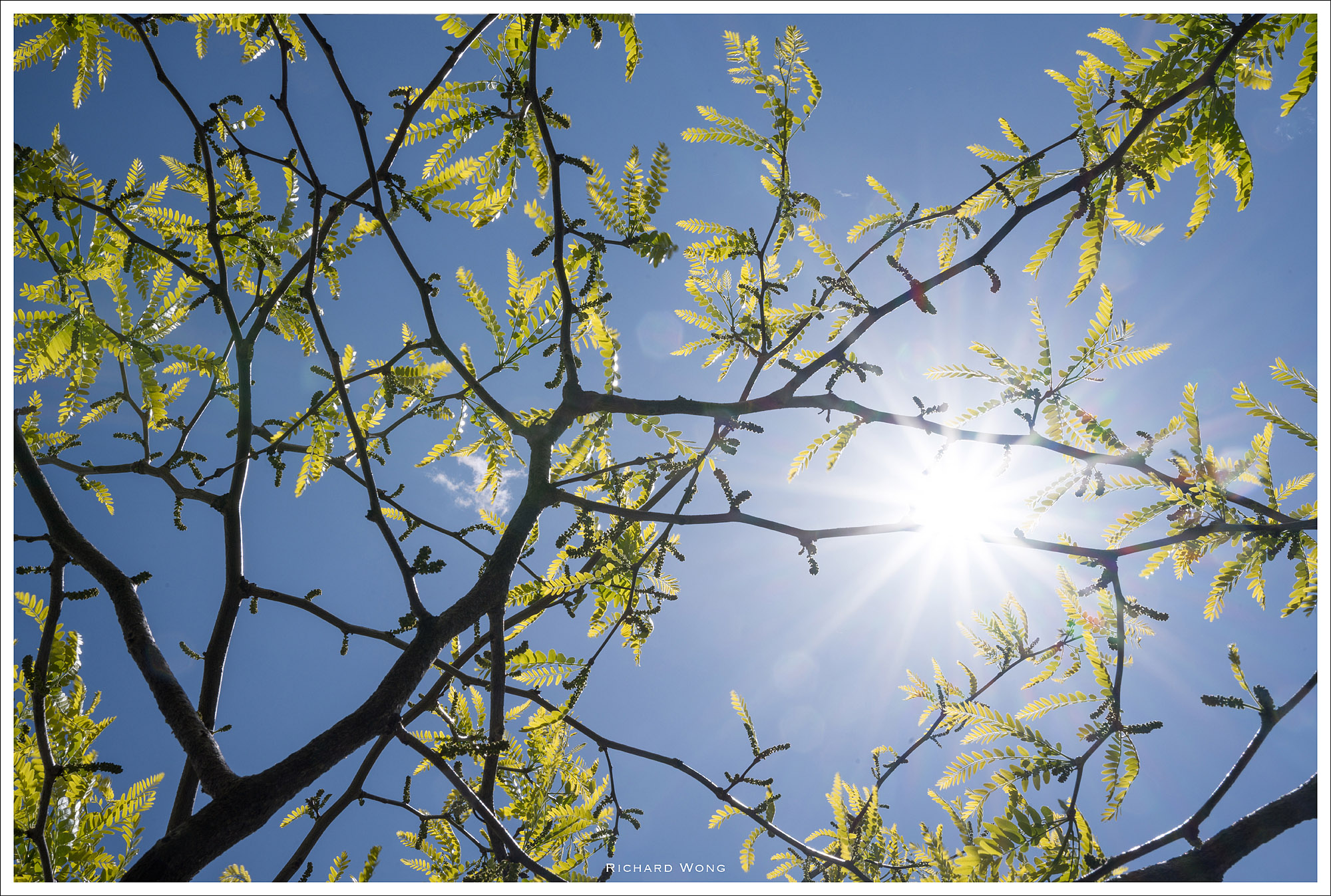
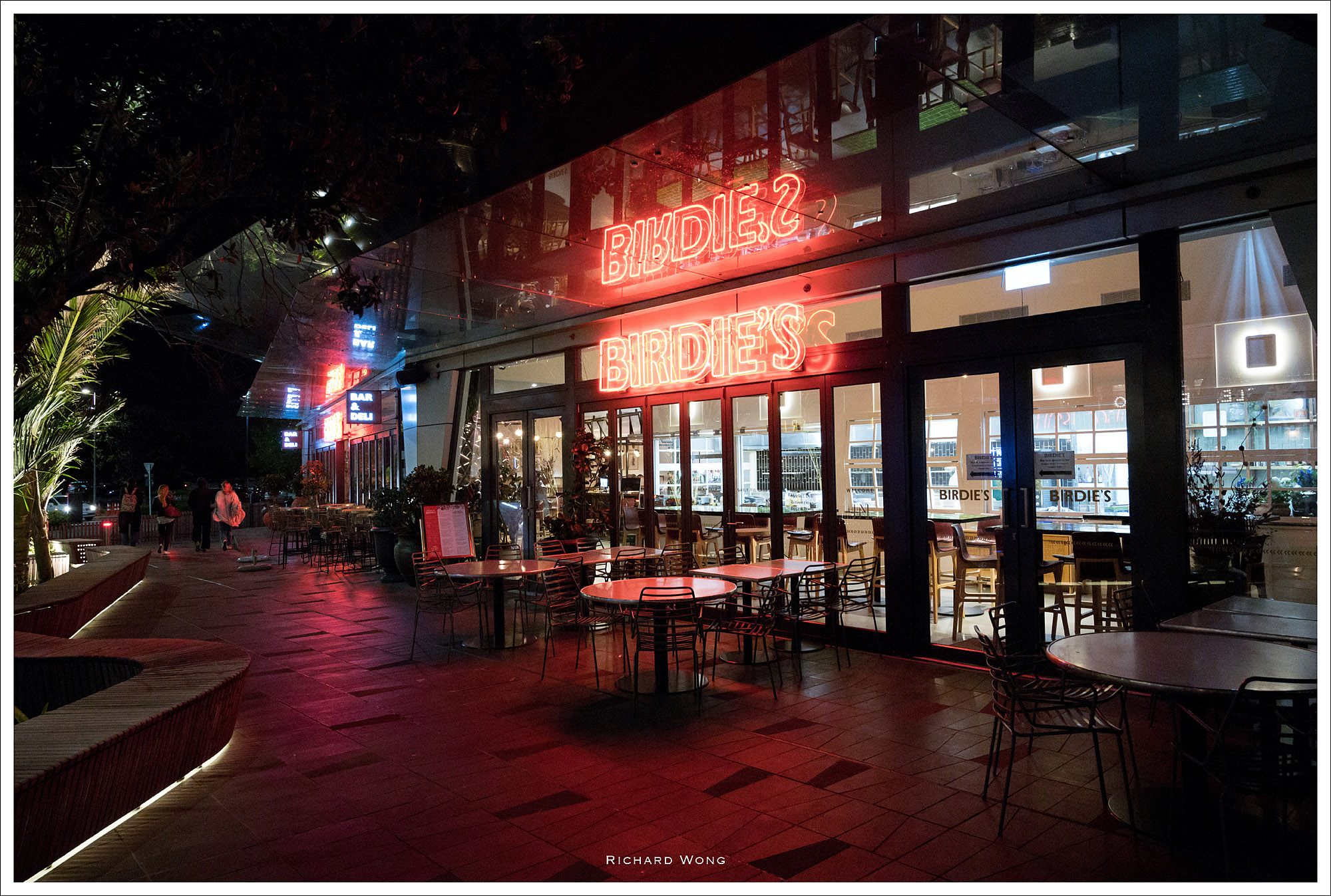
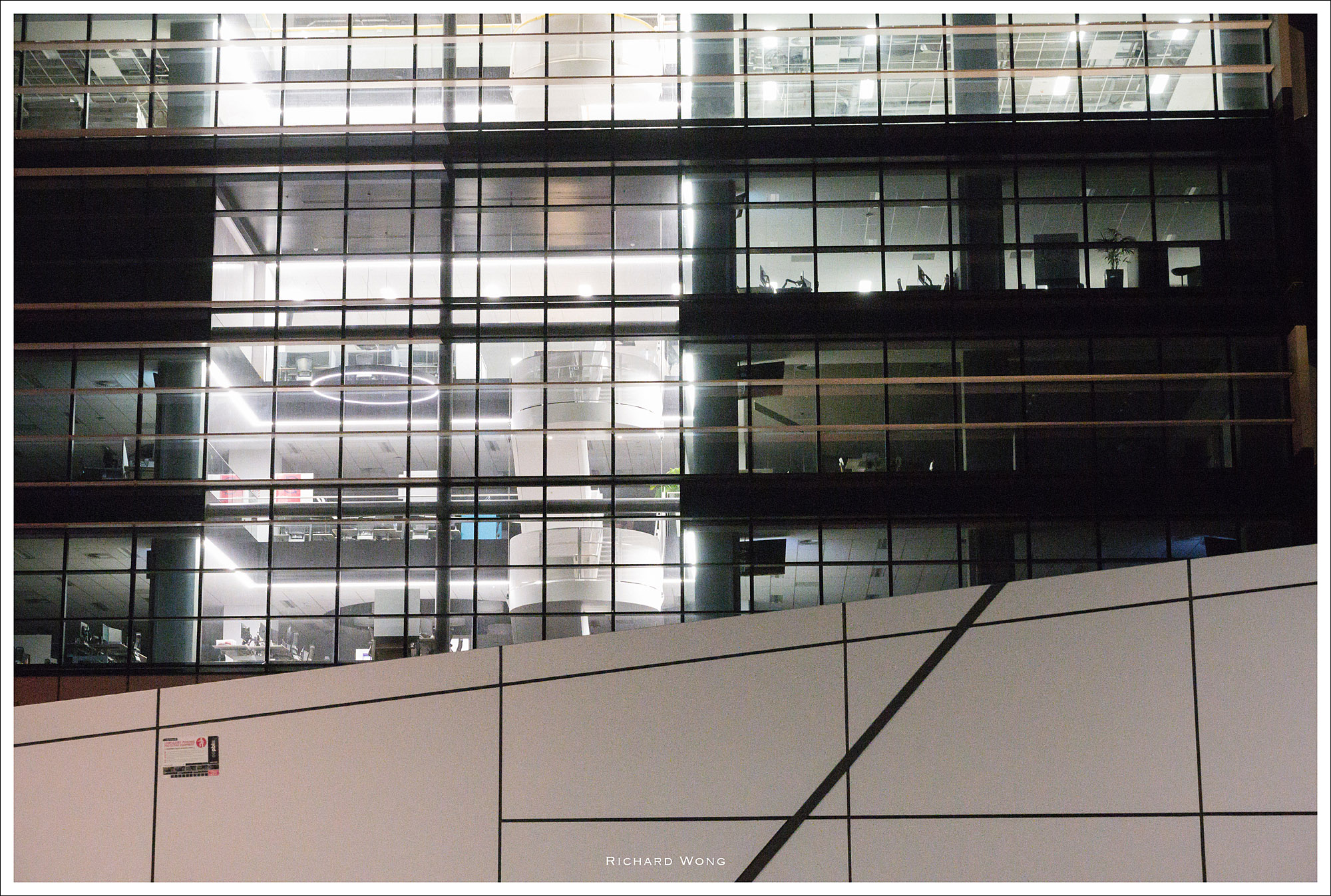
Comments are closed.